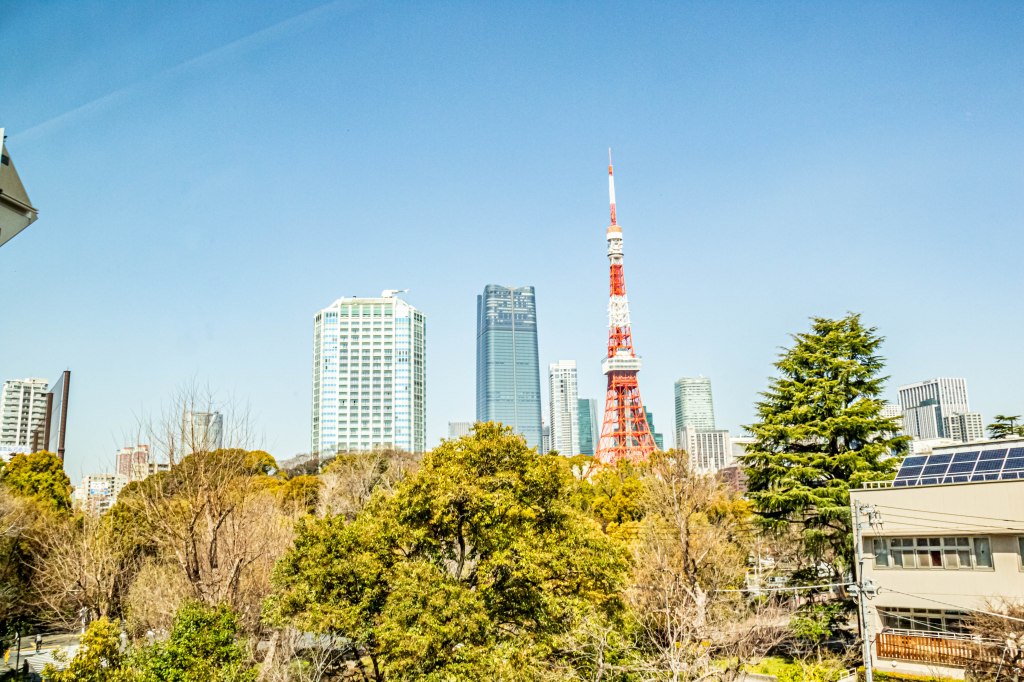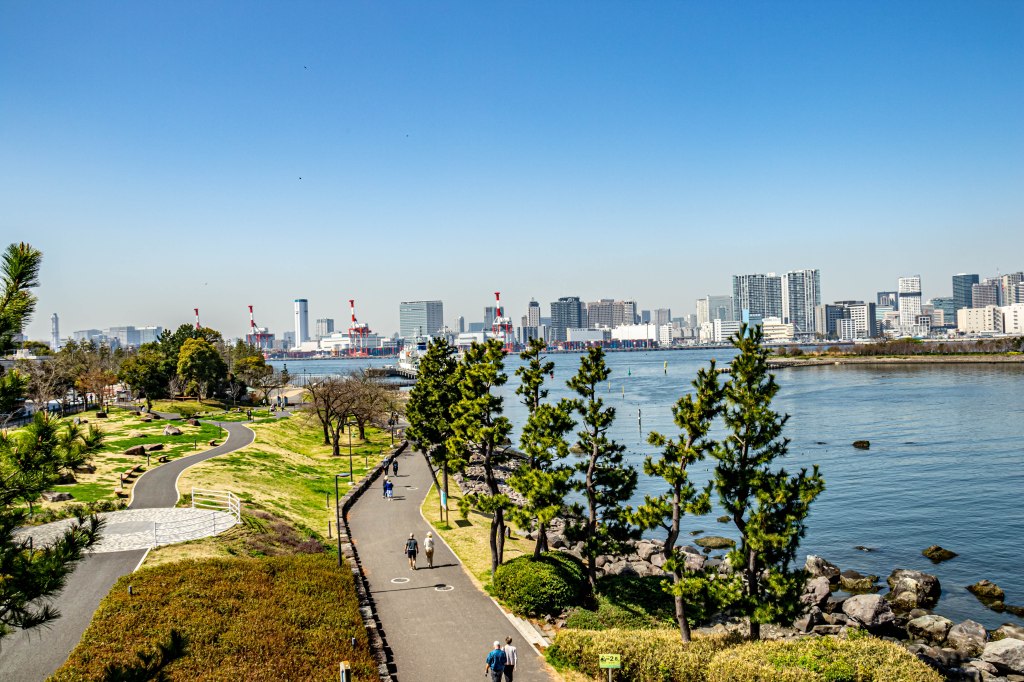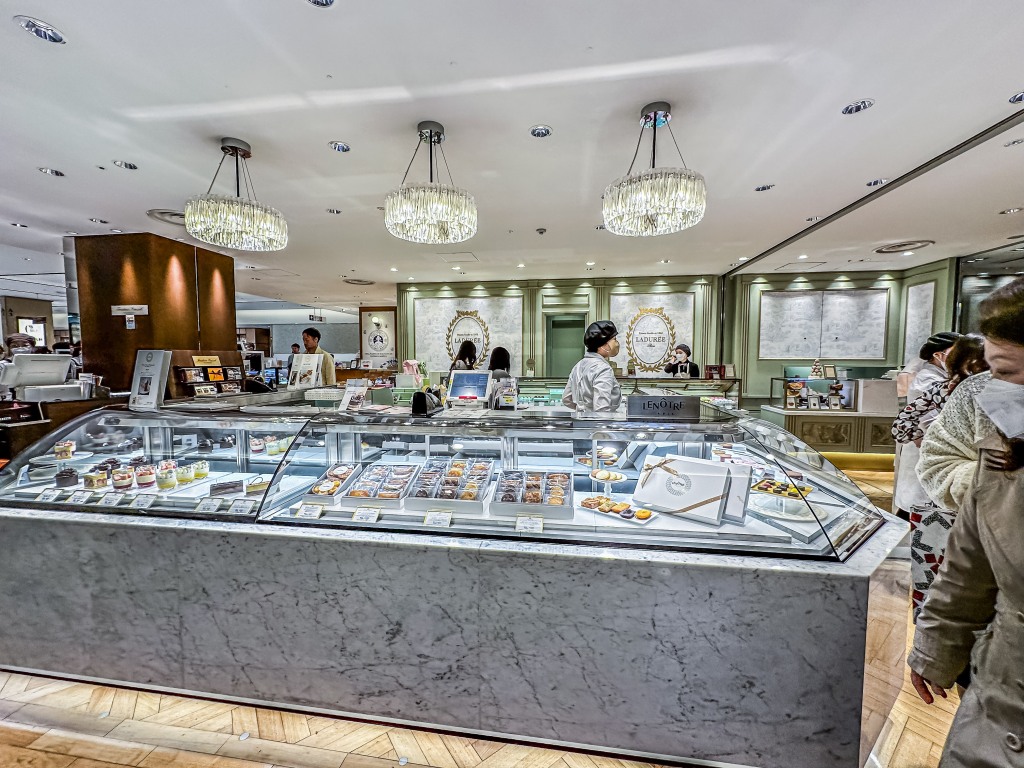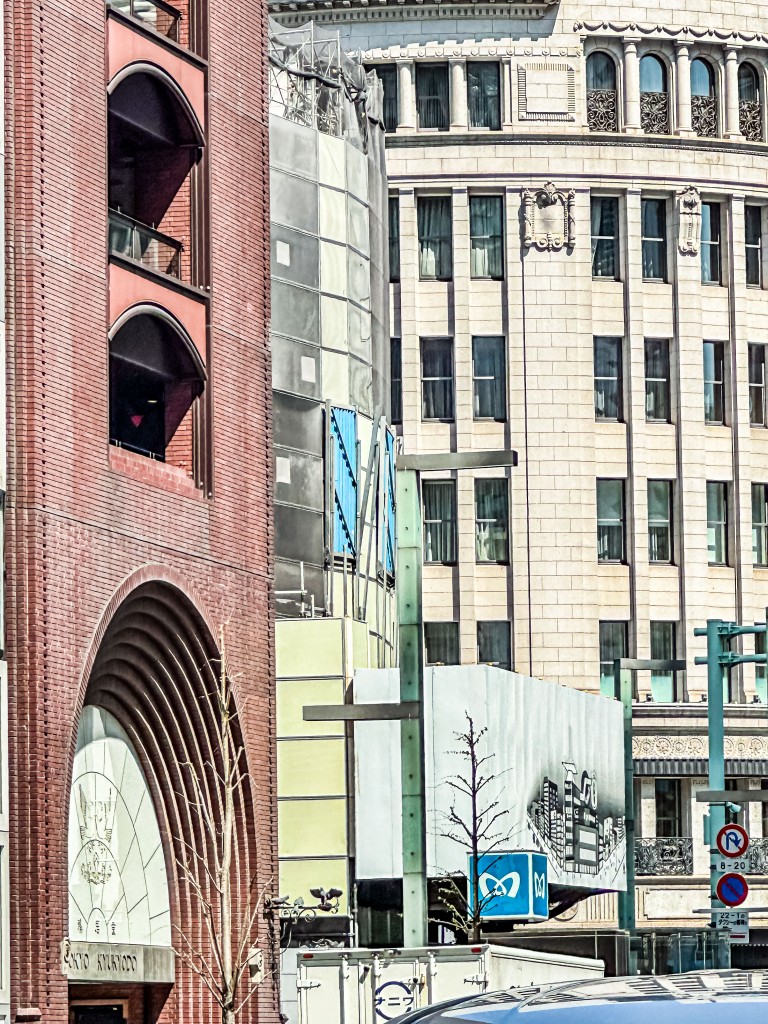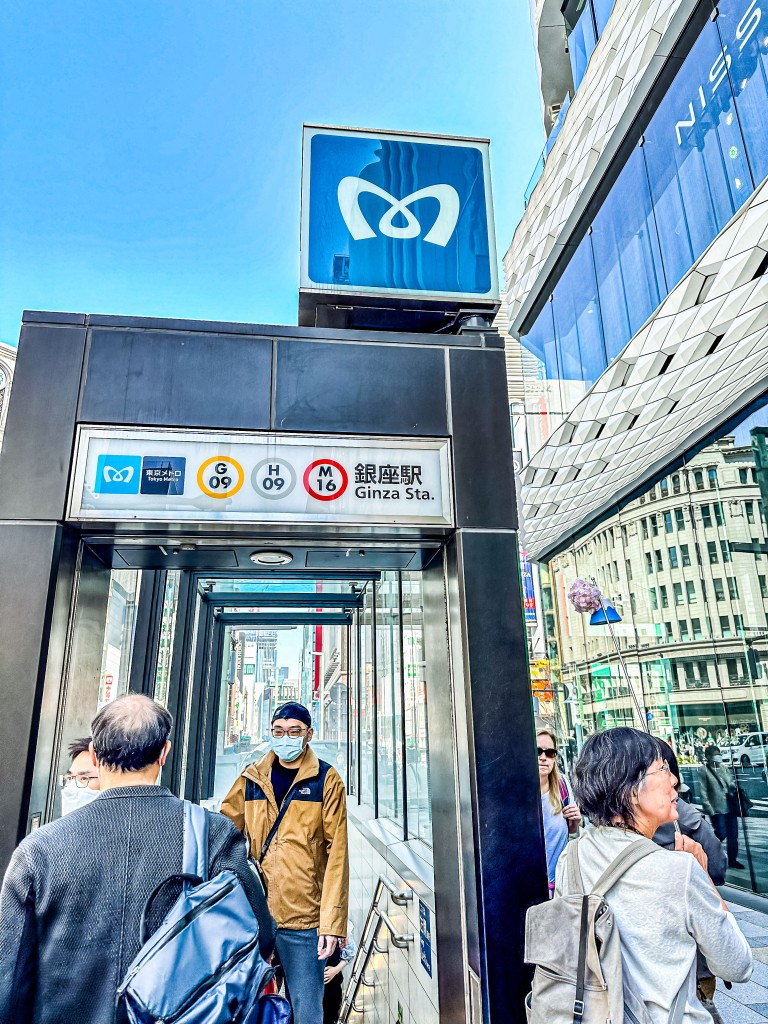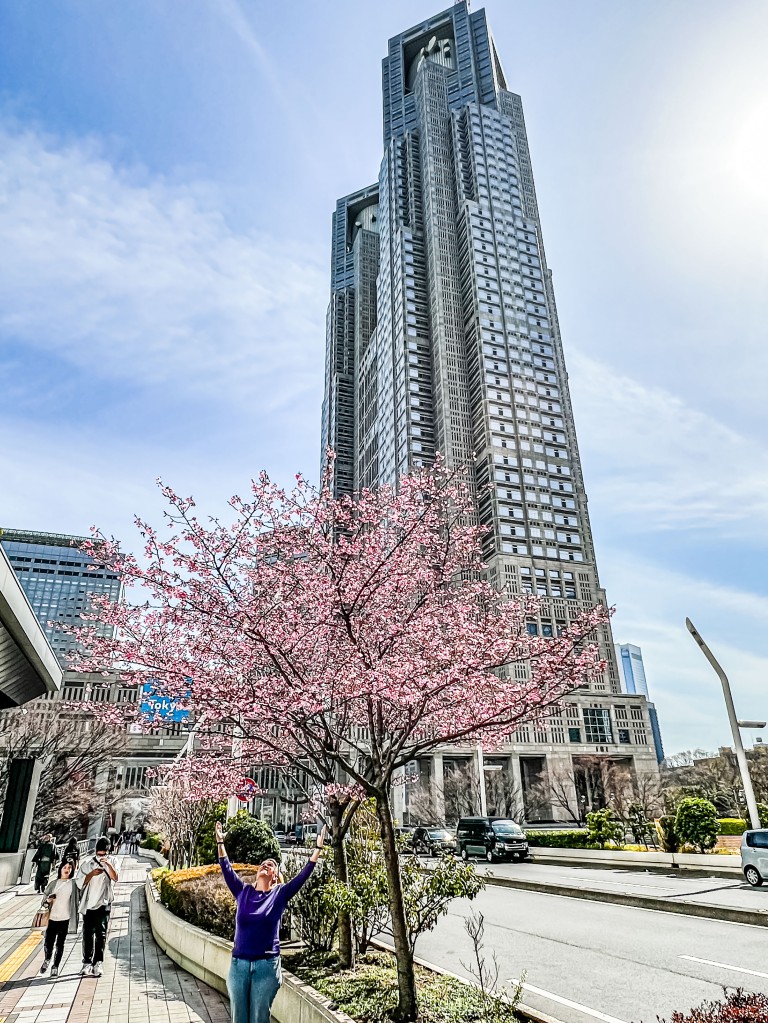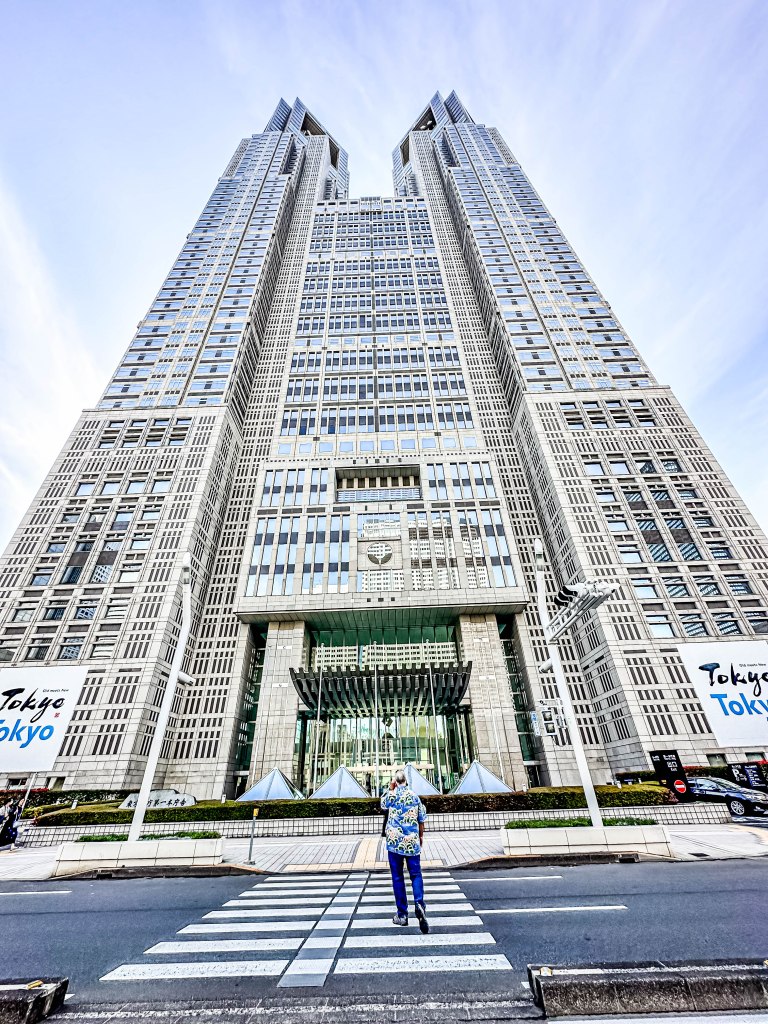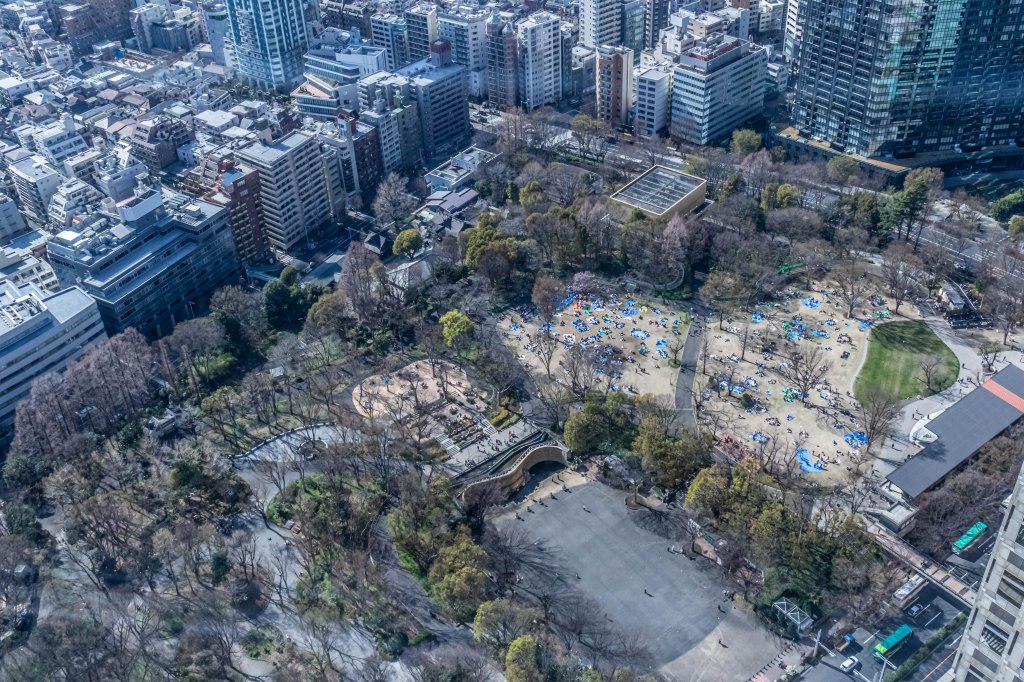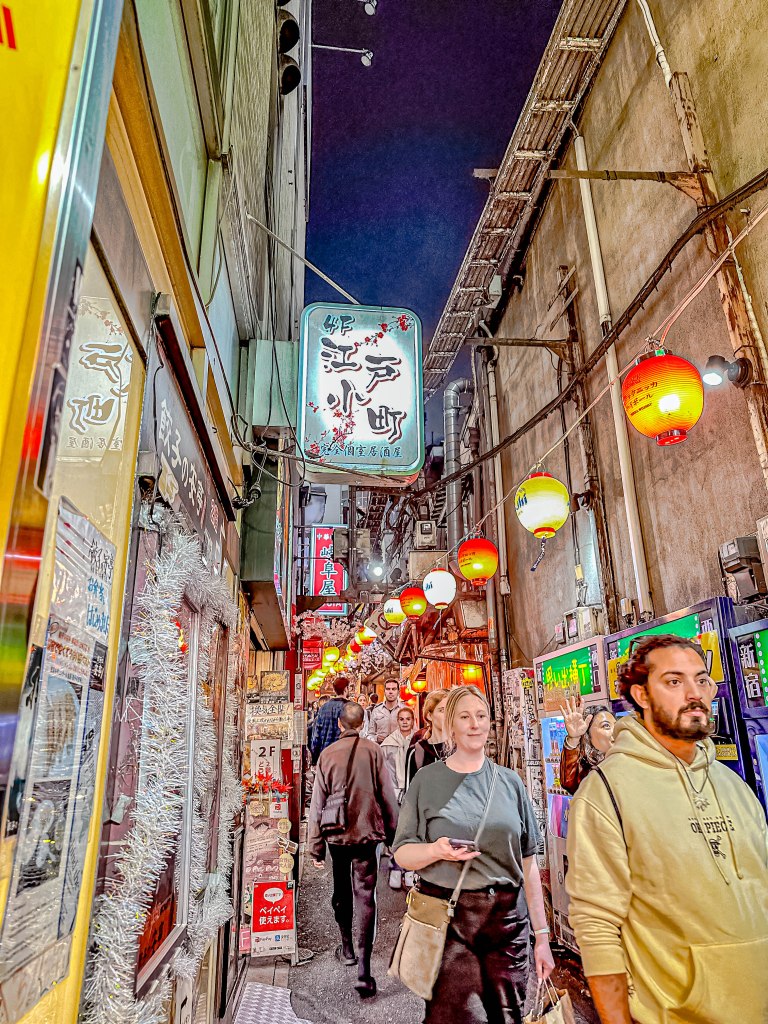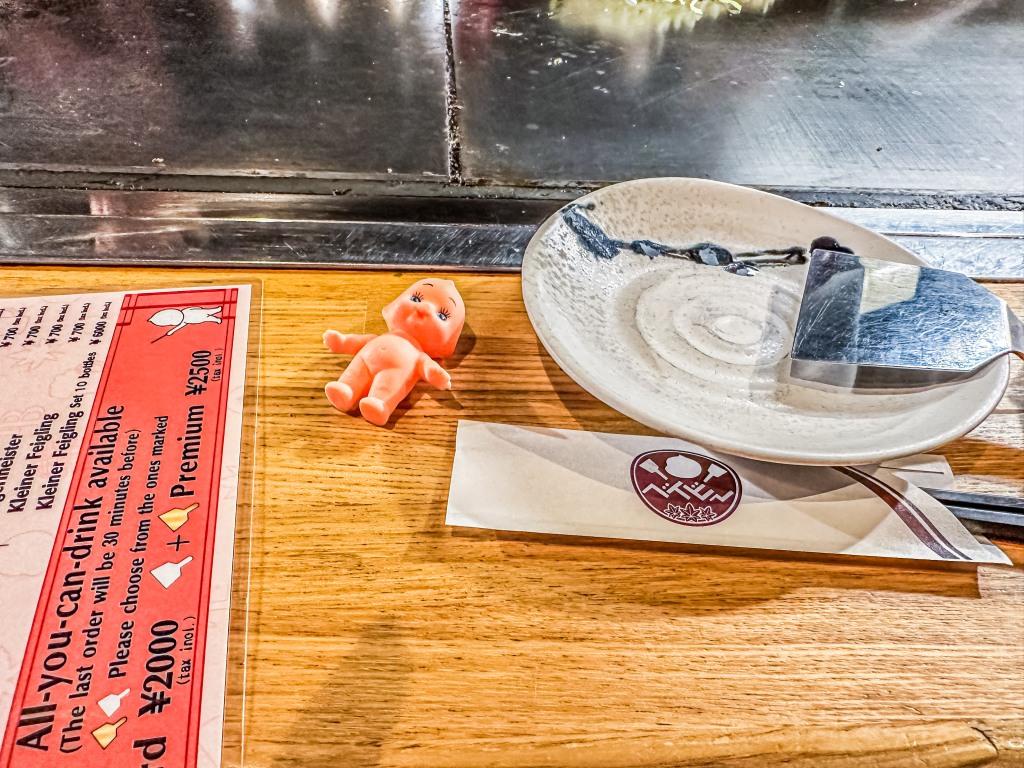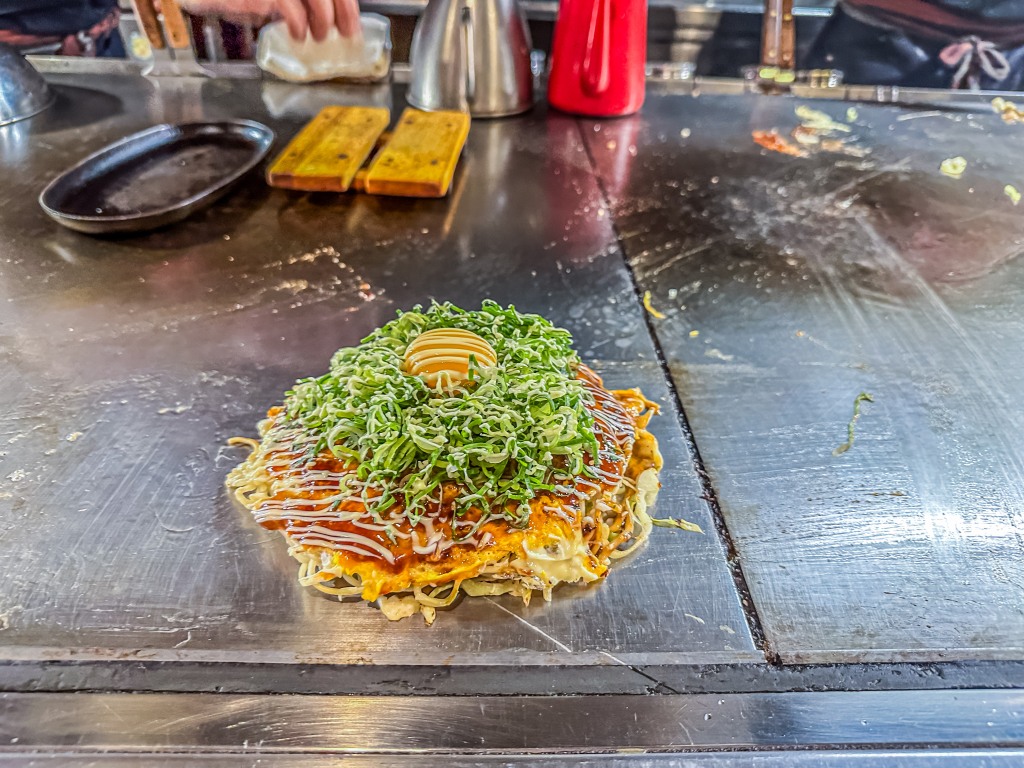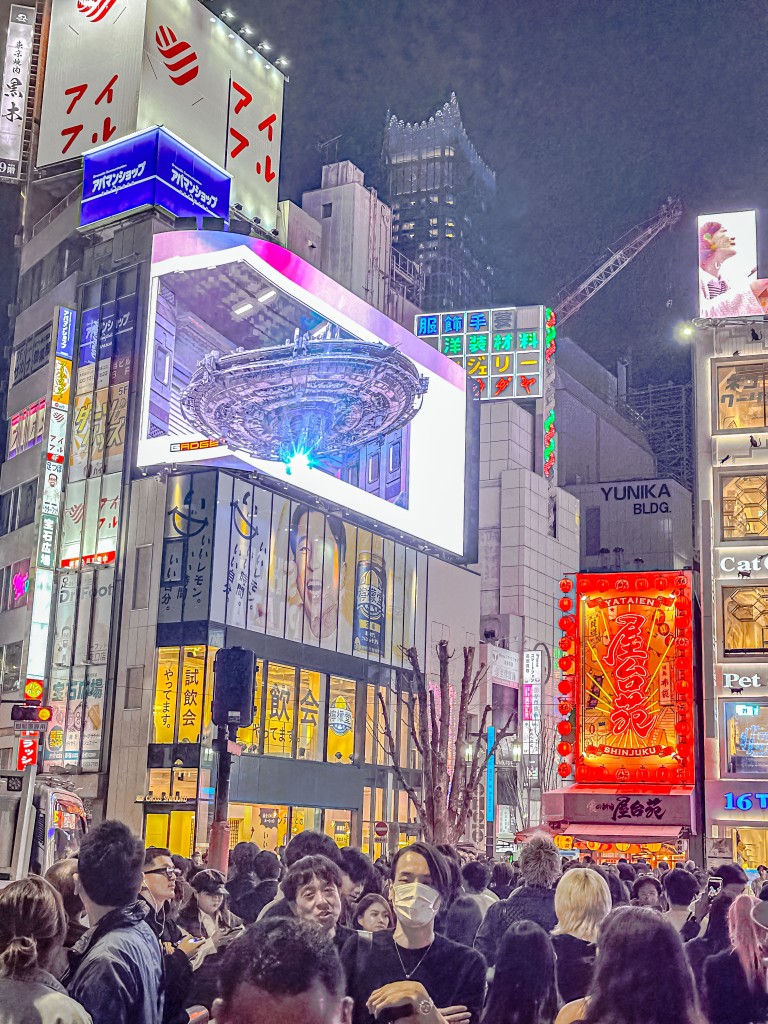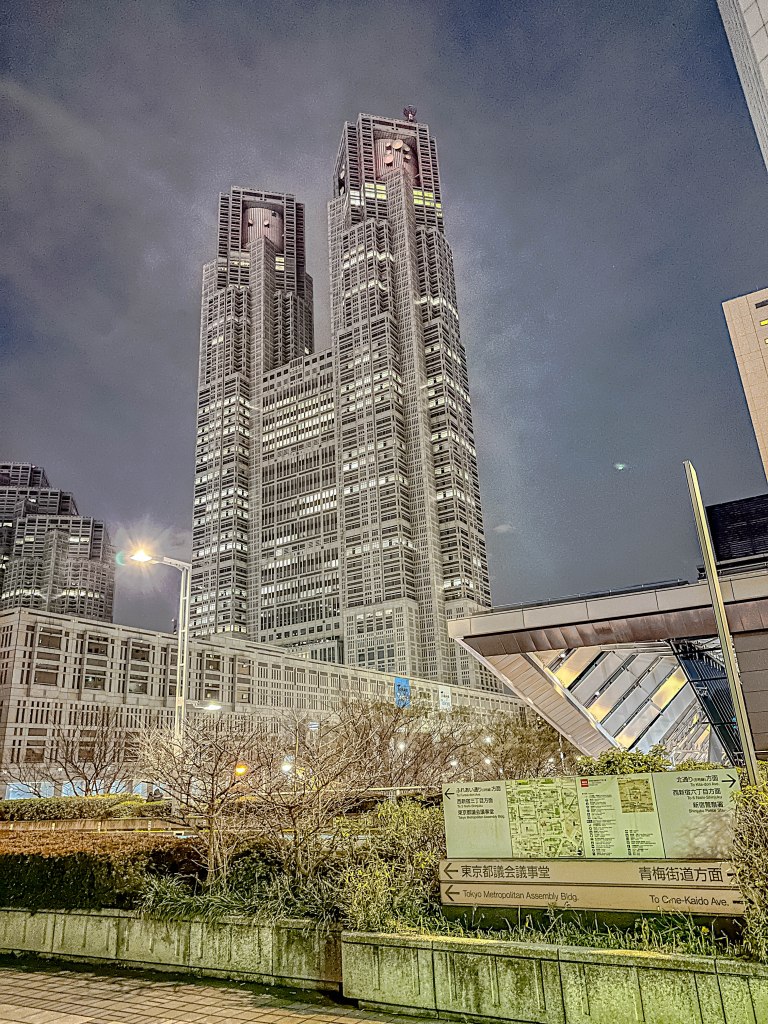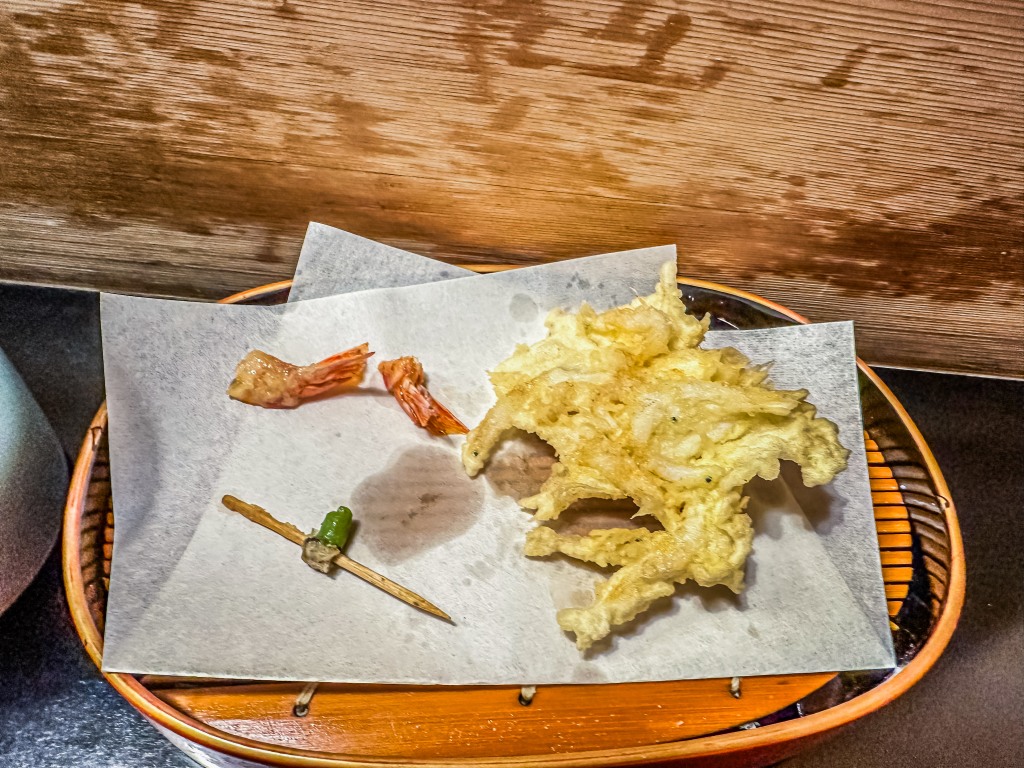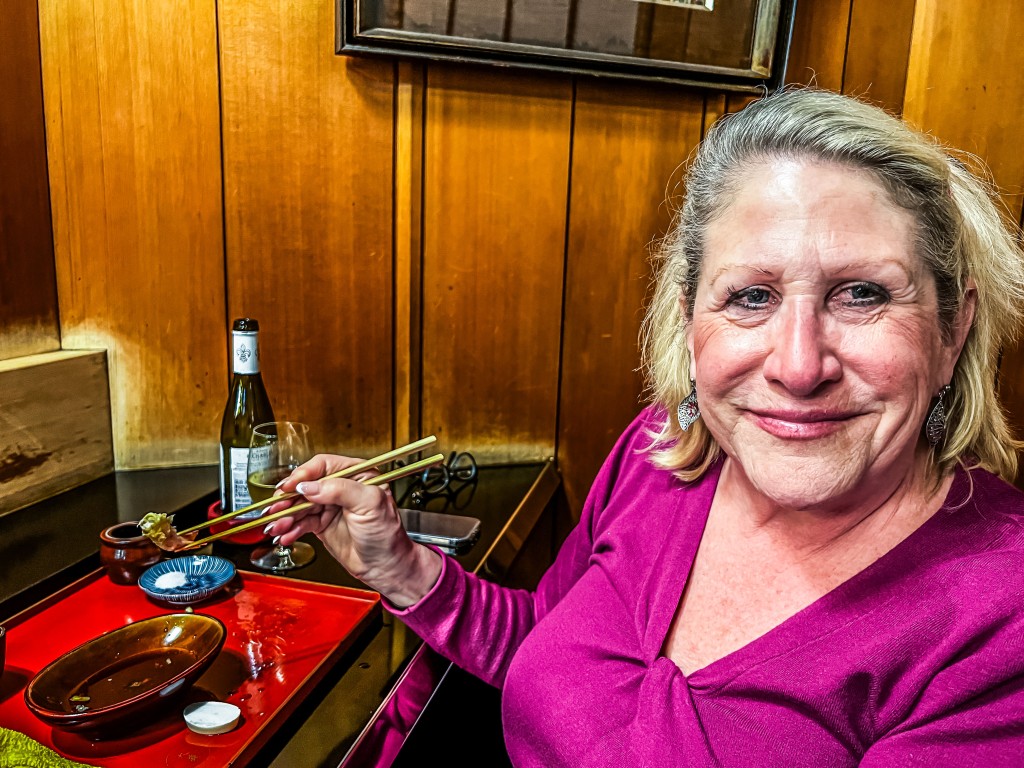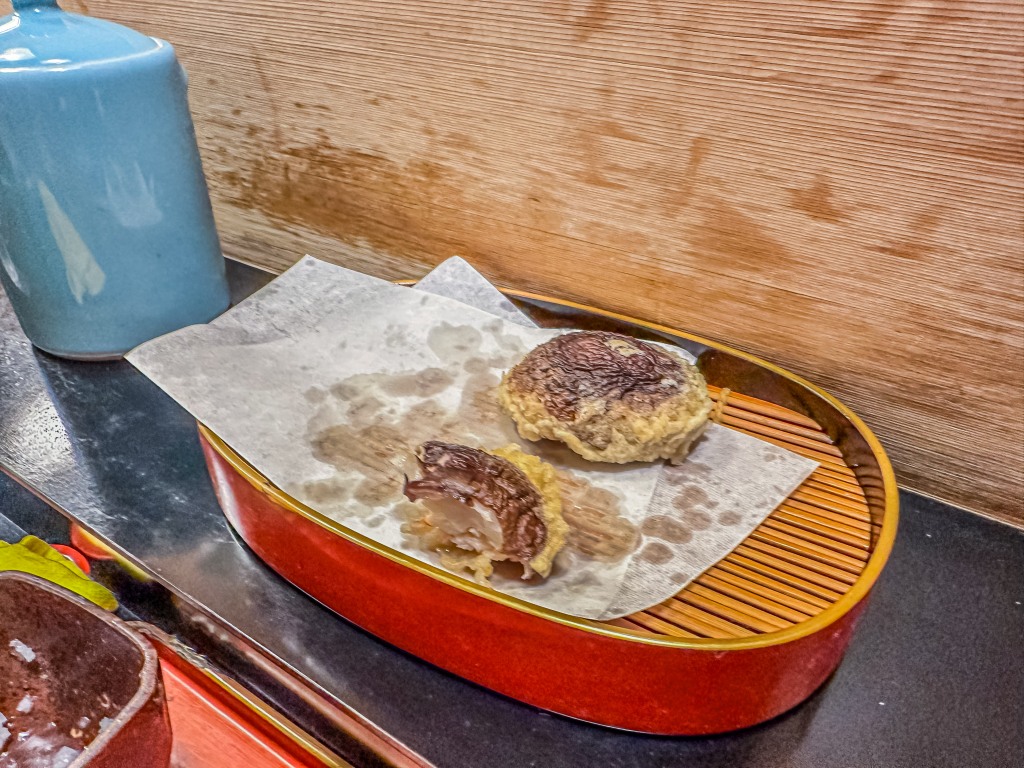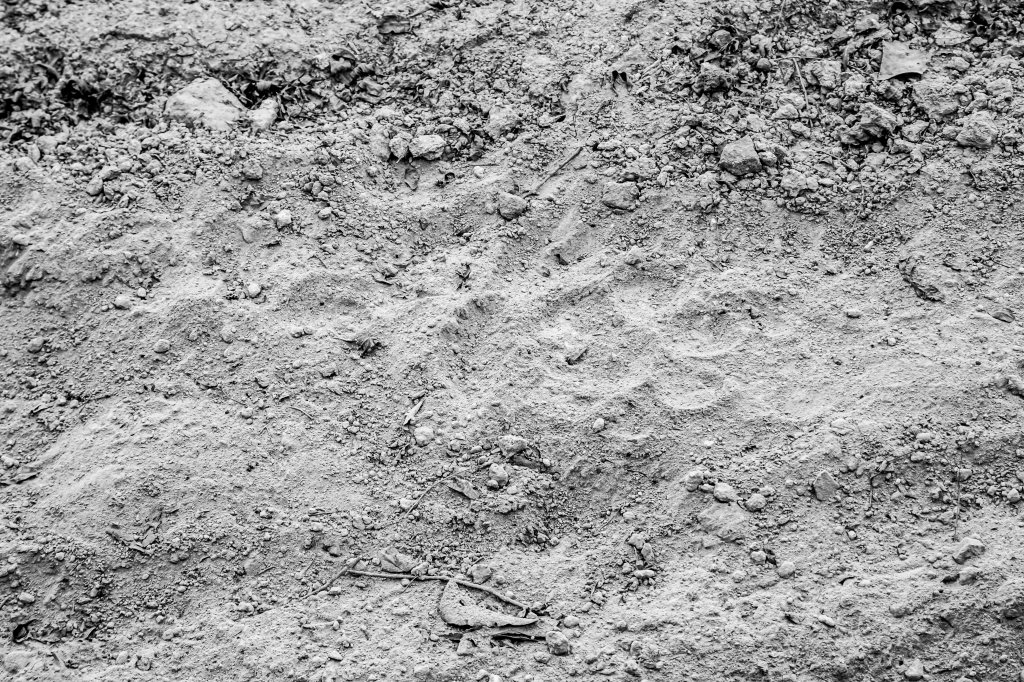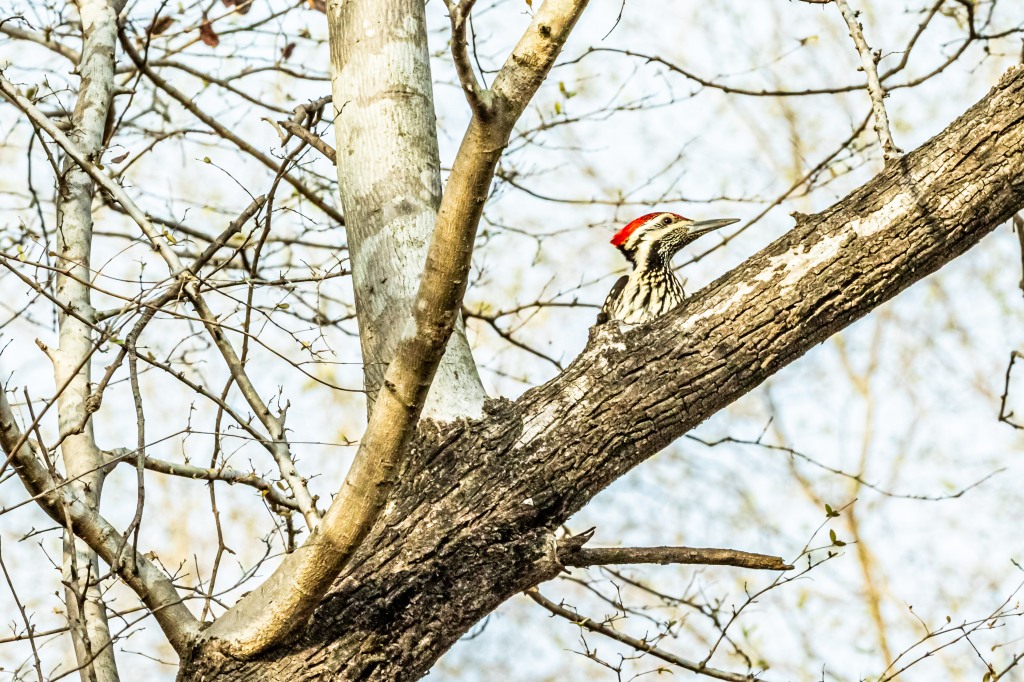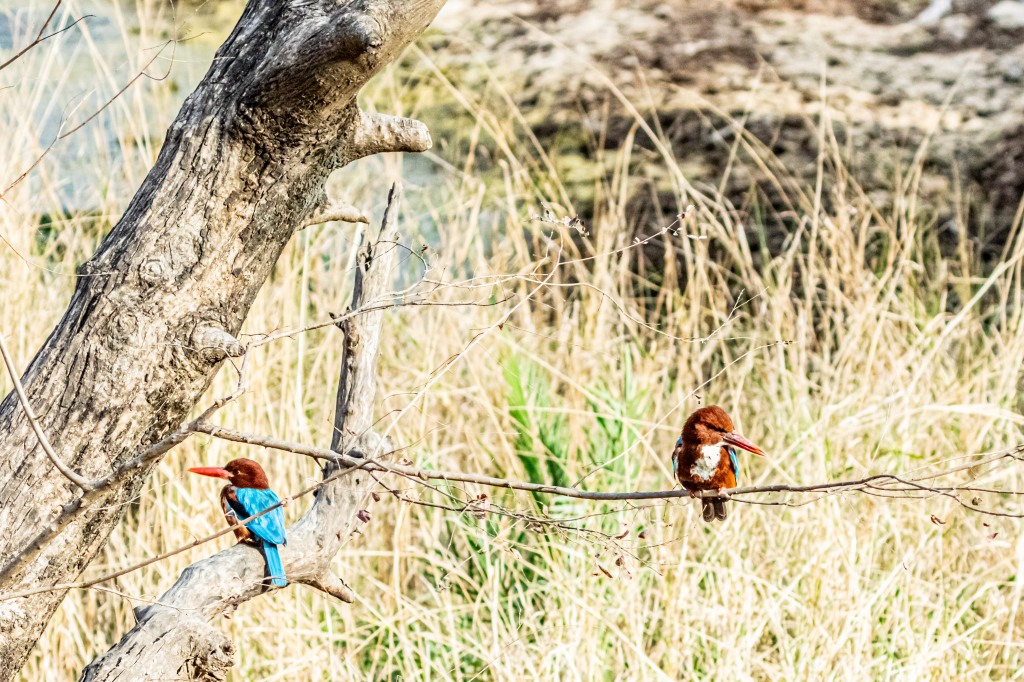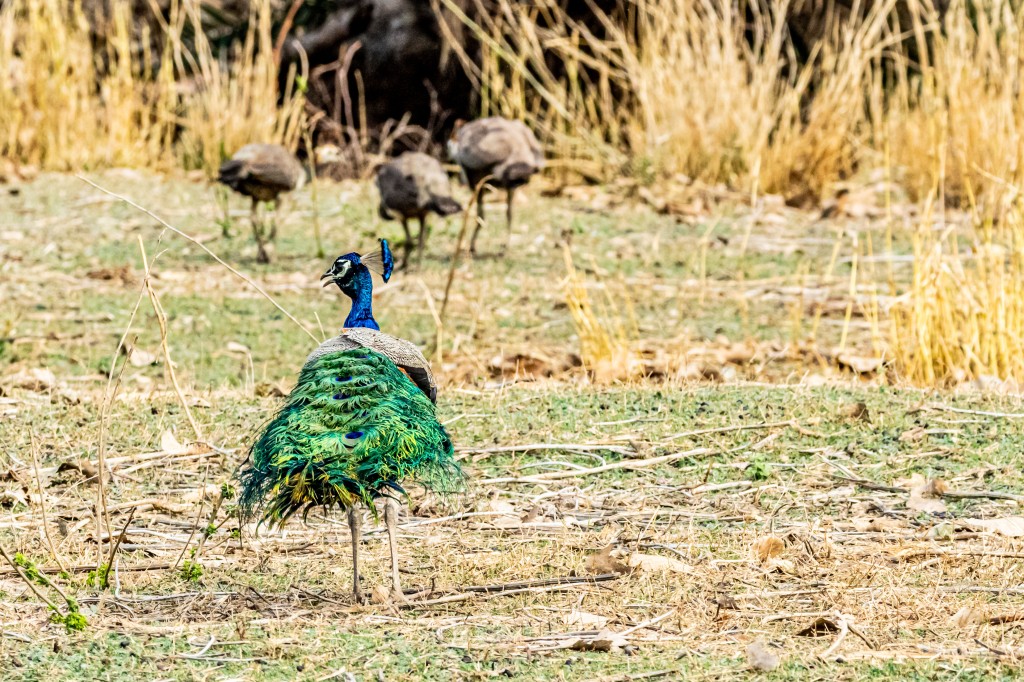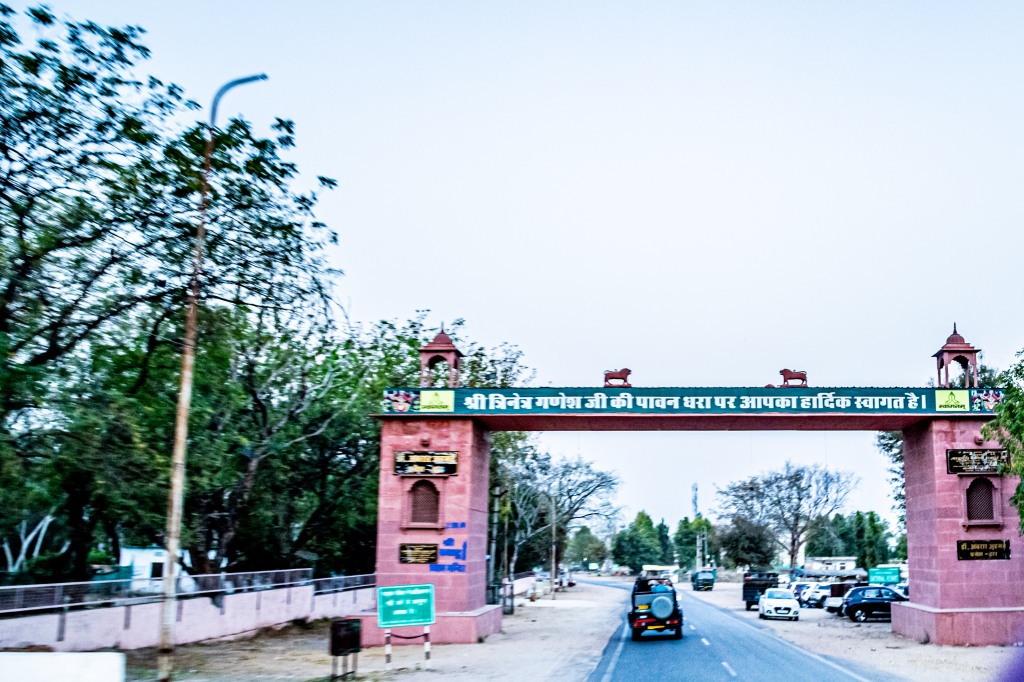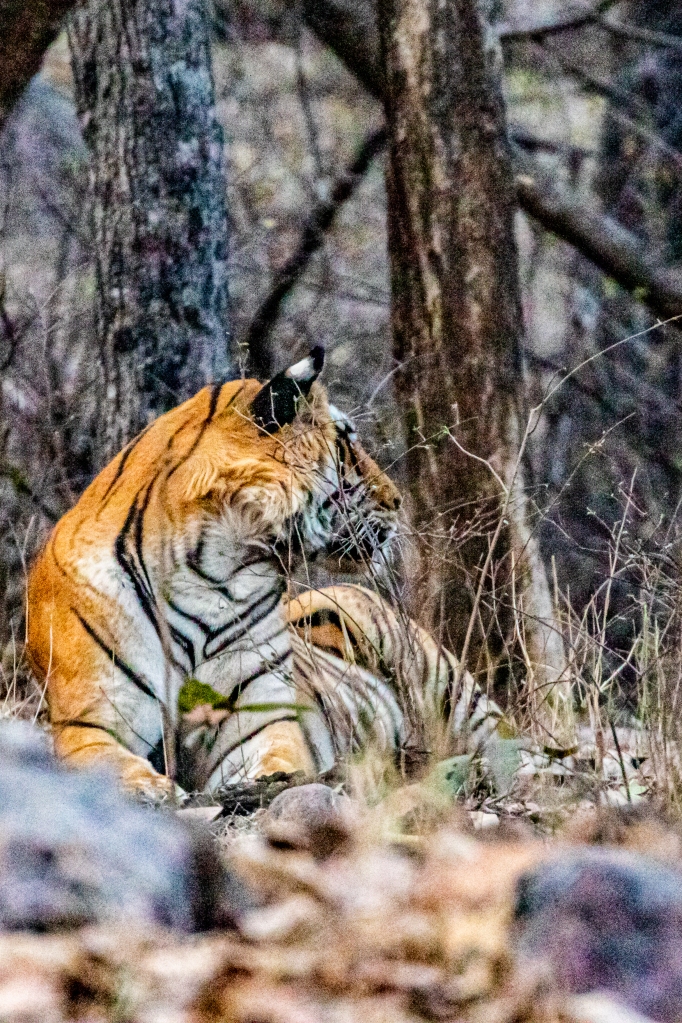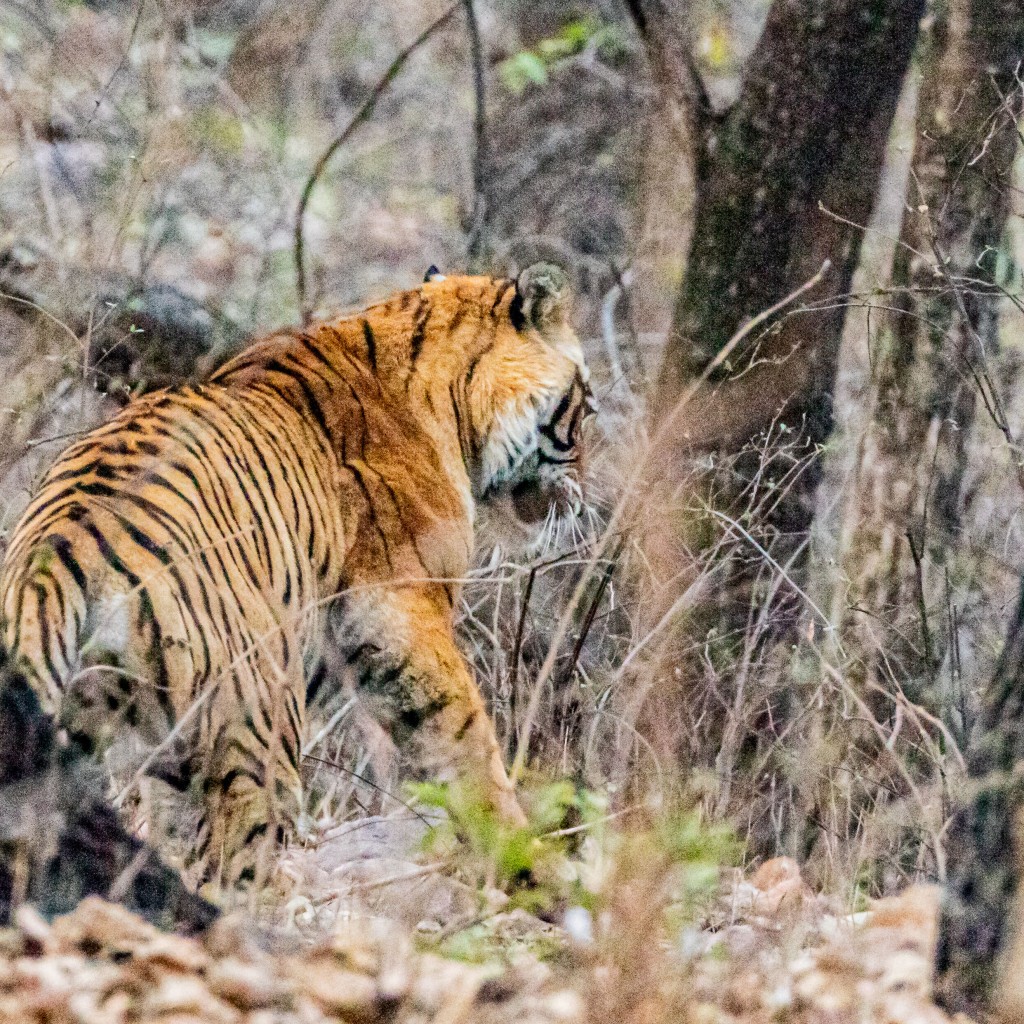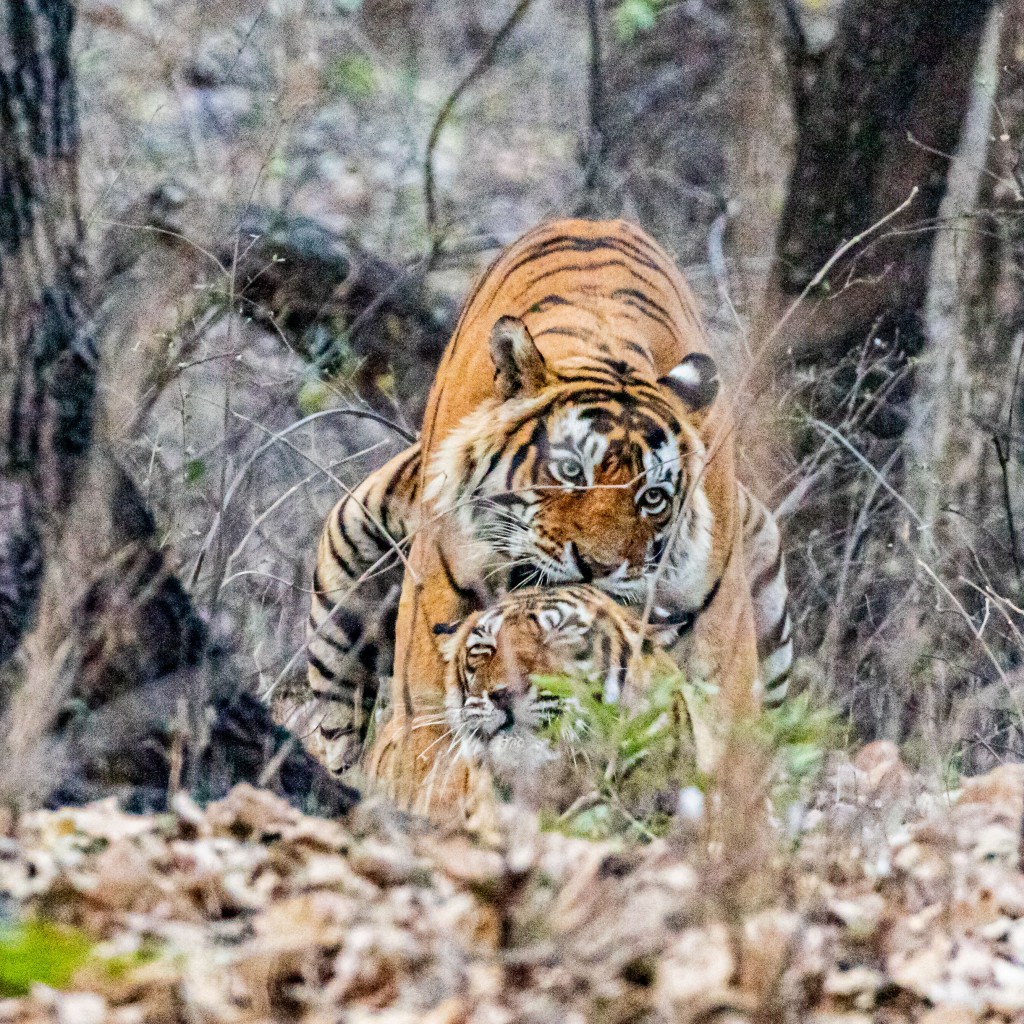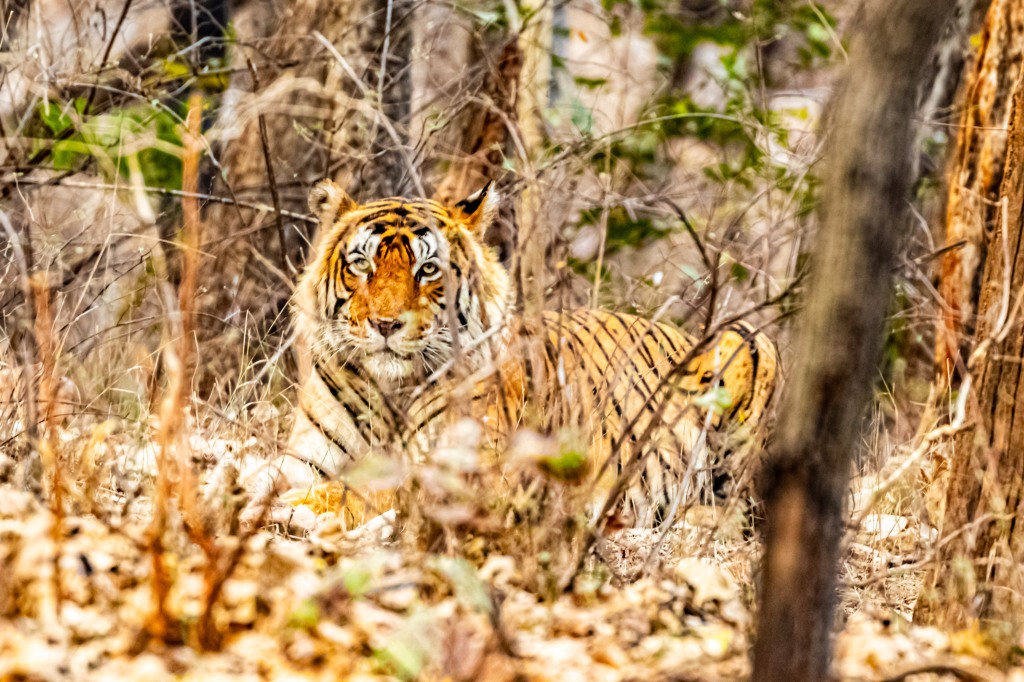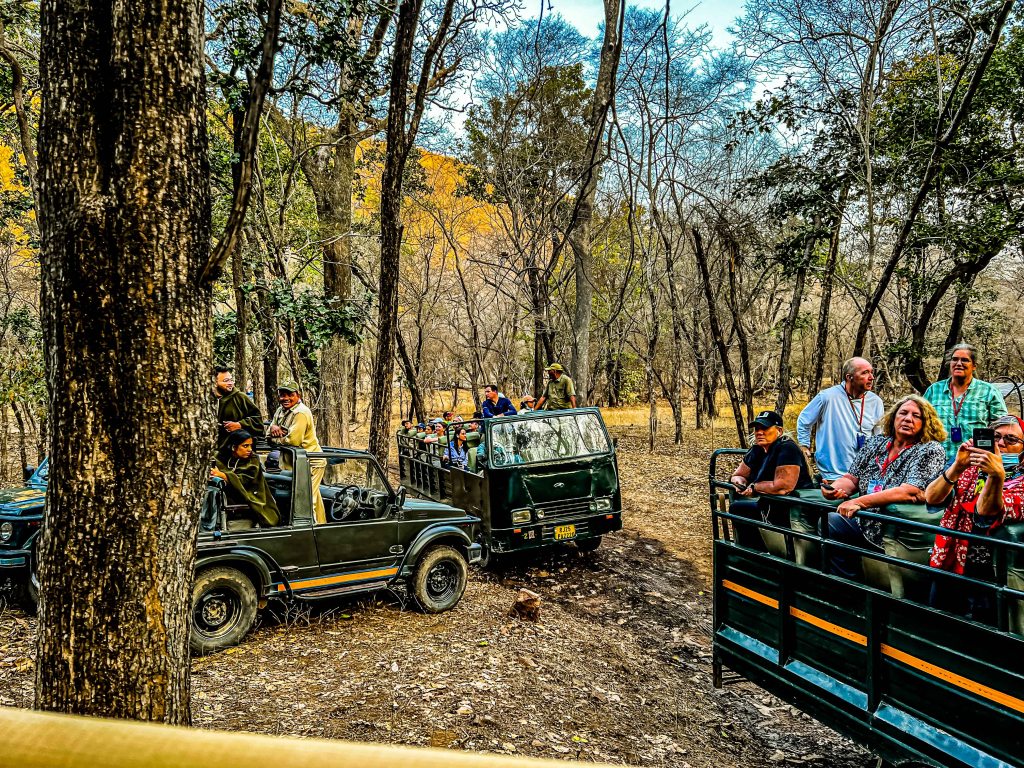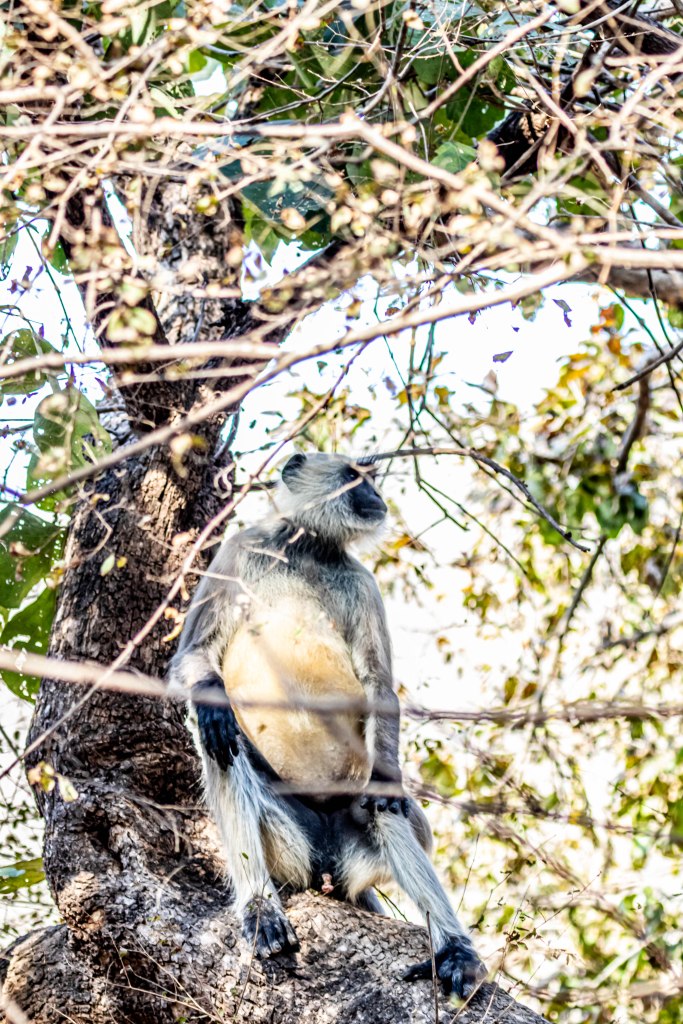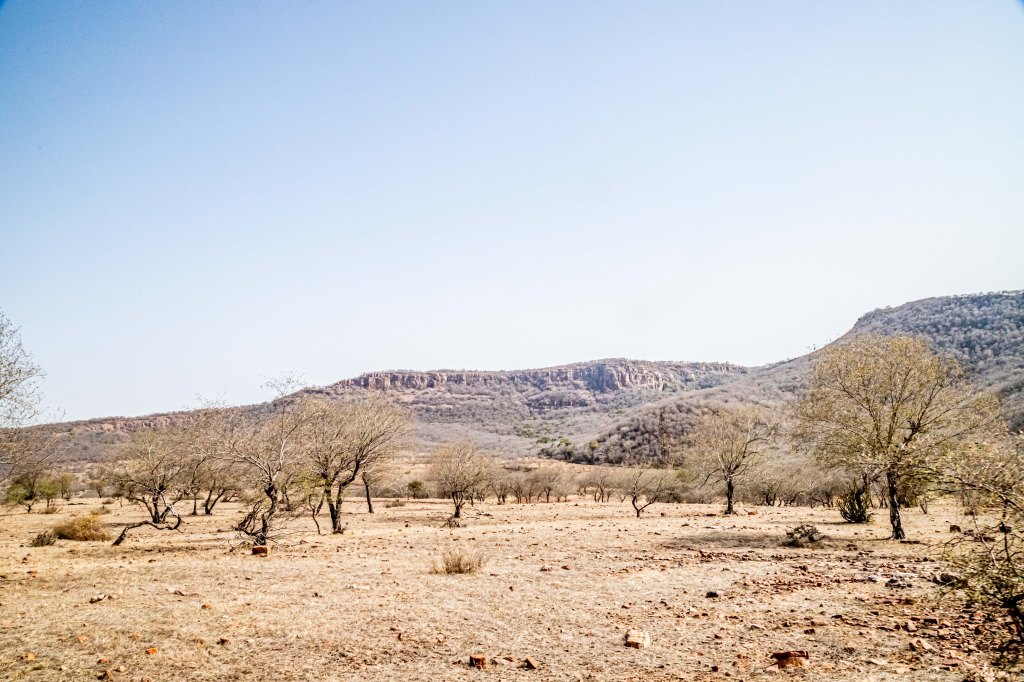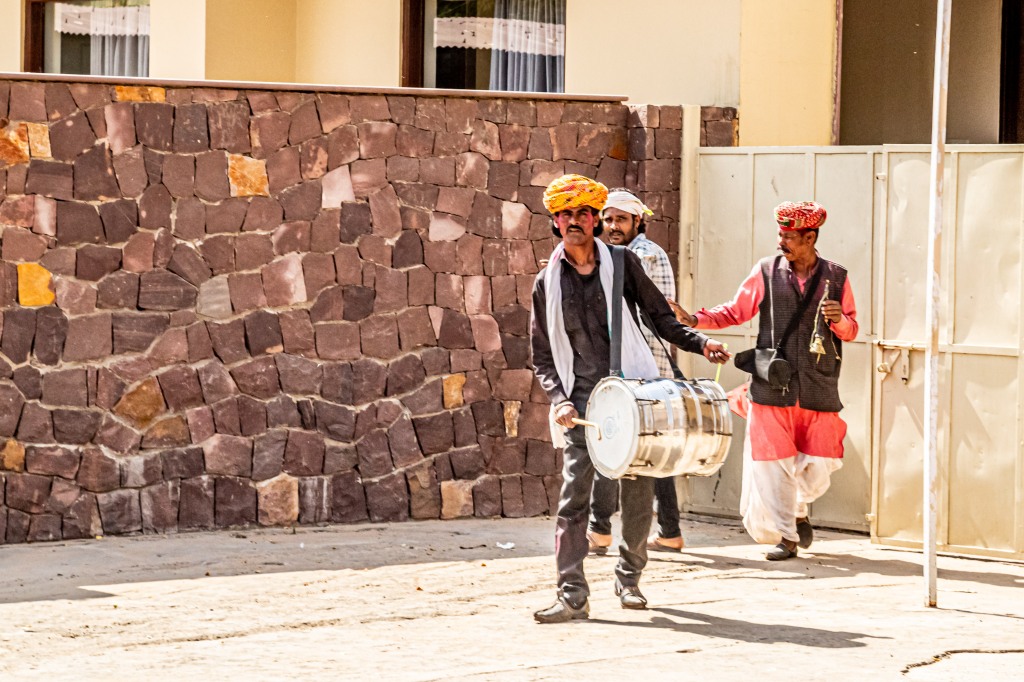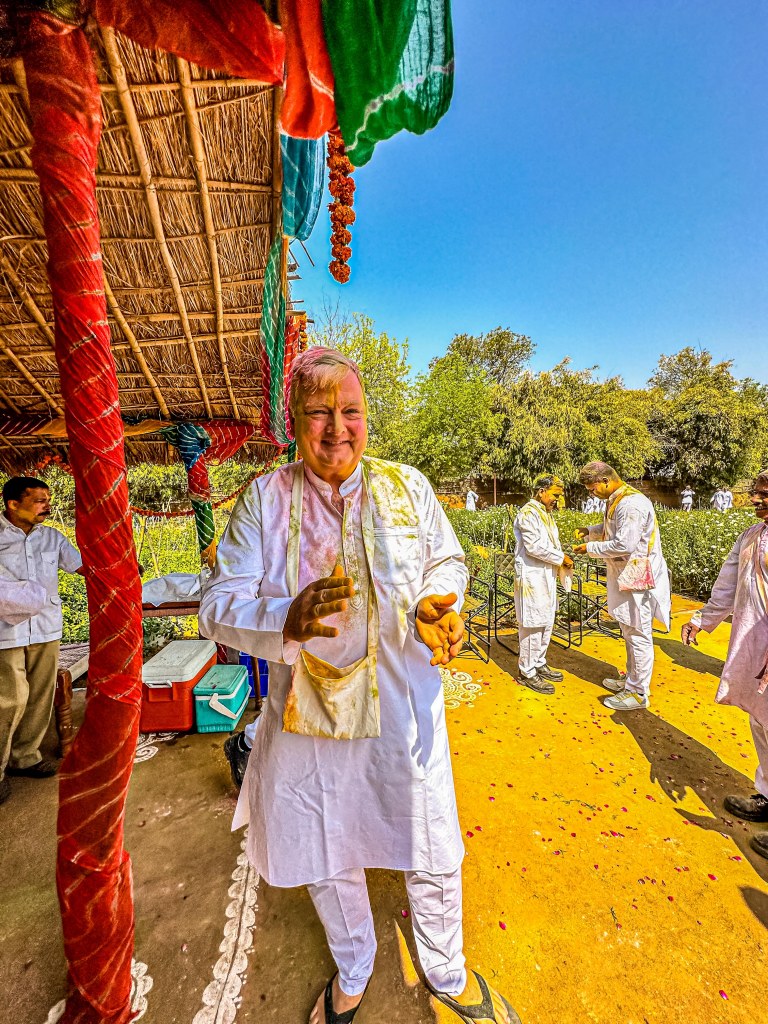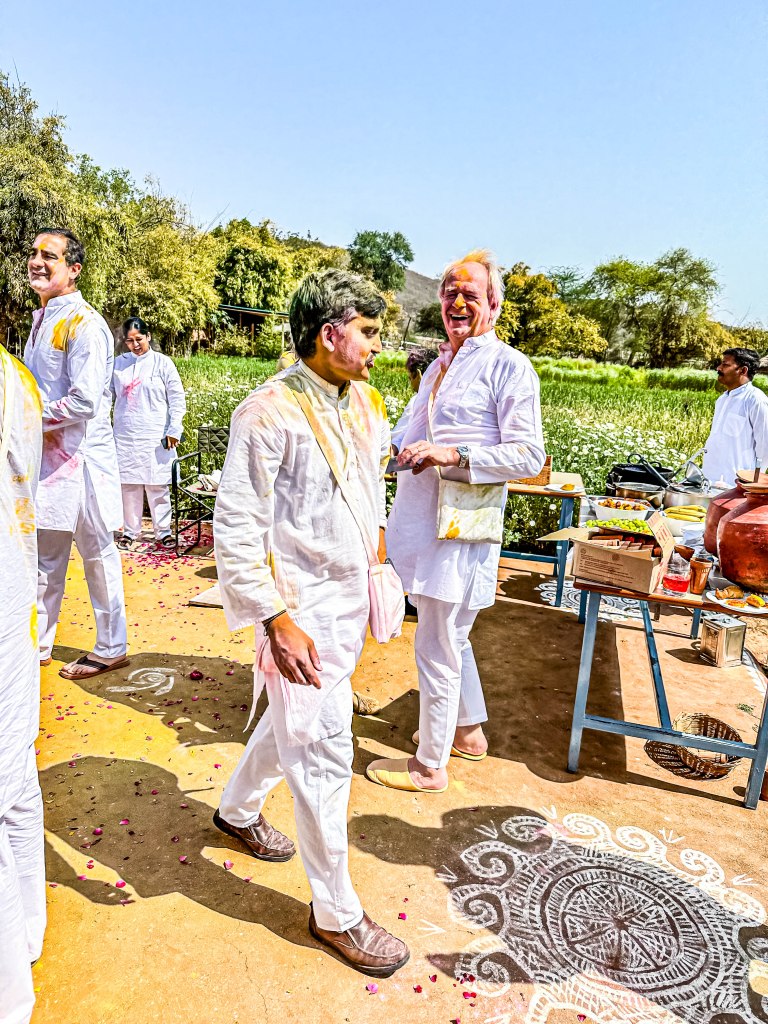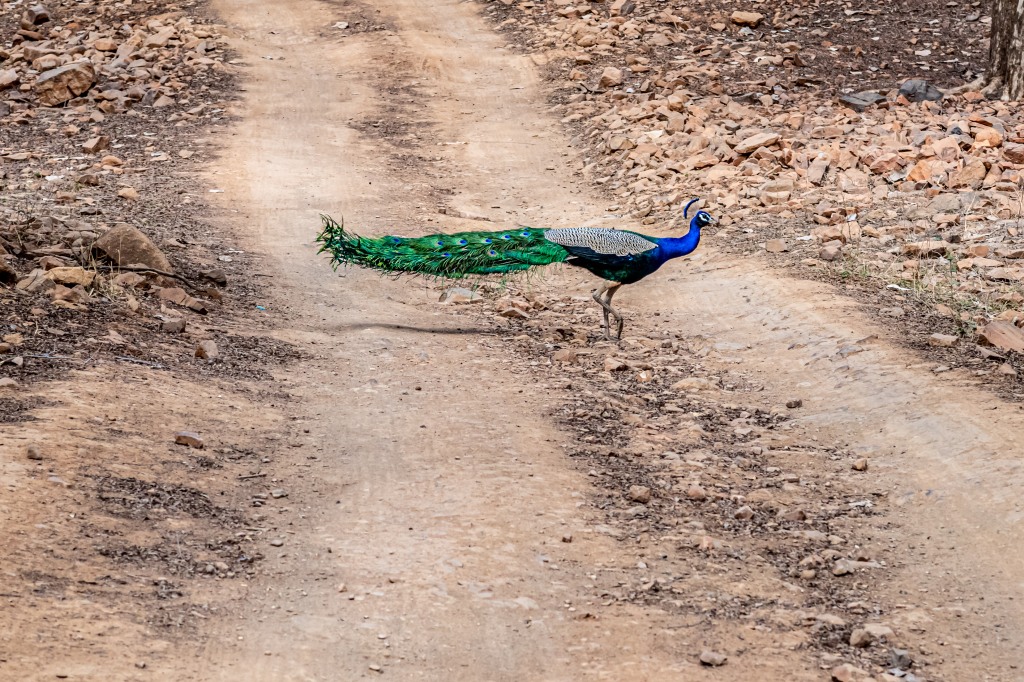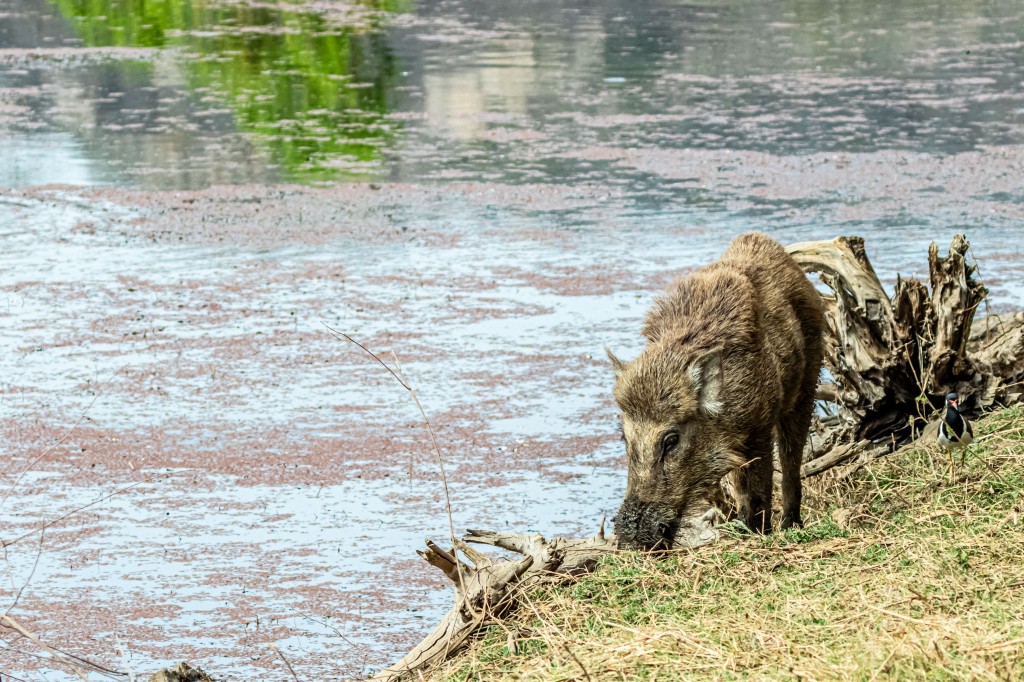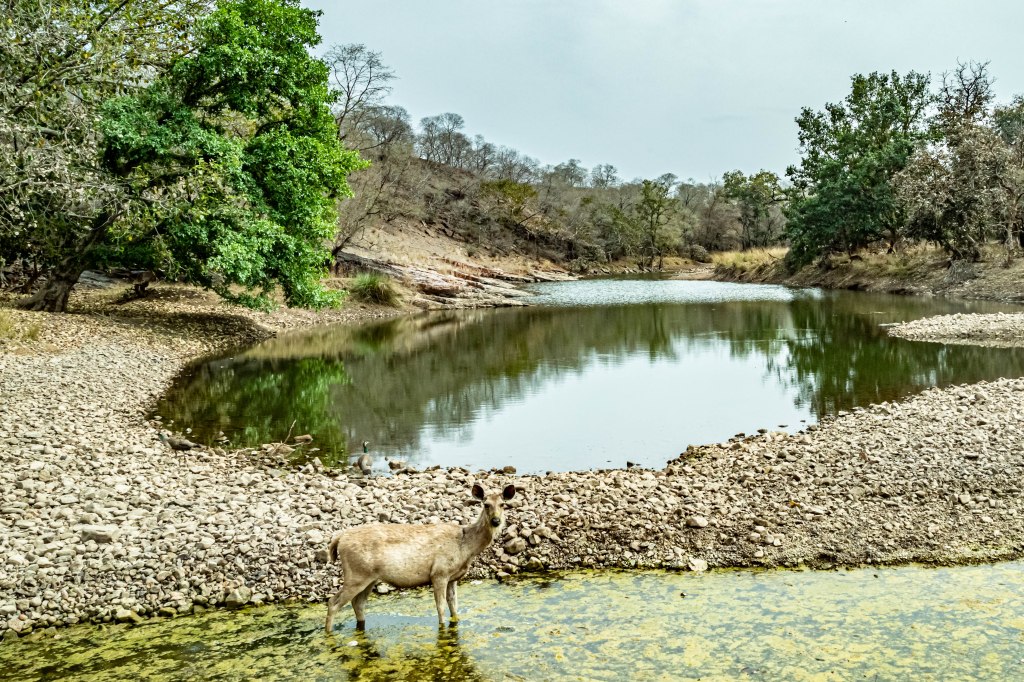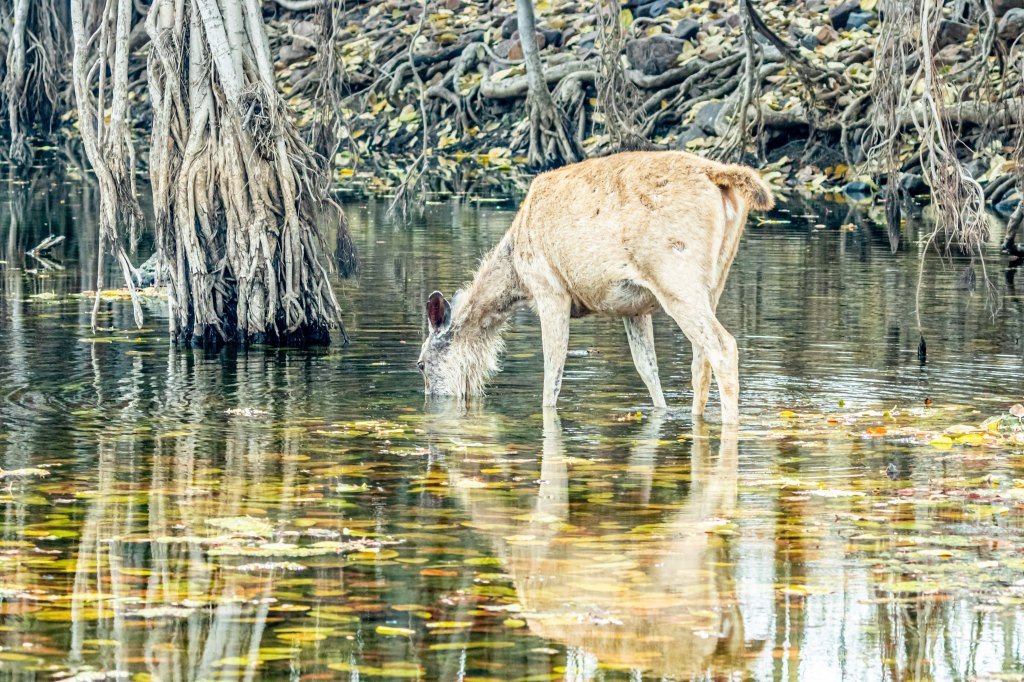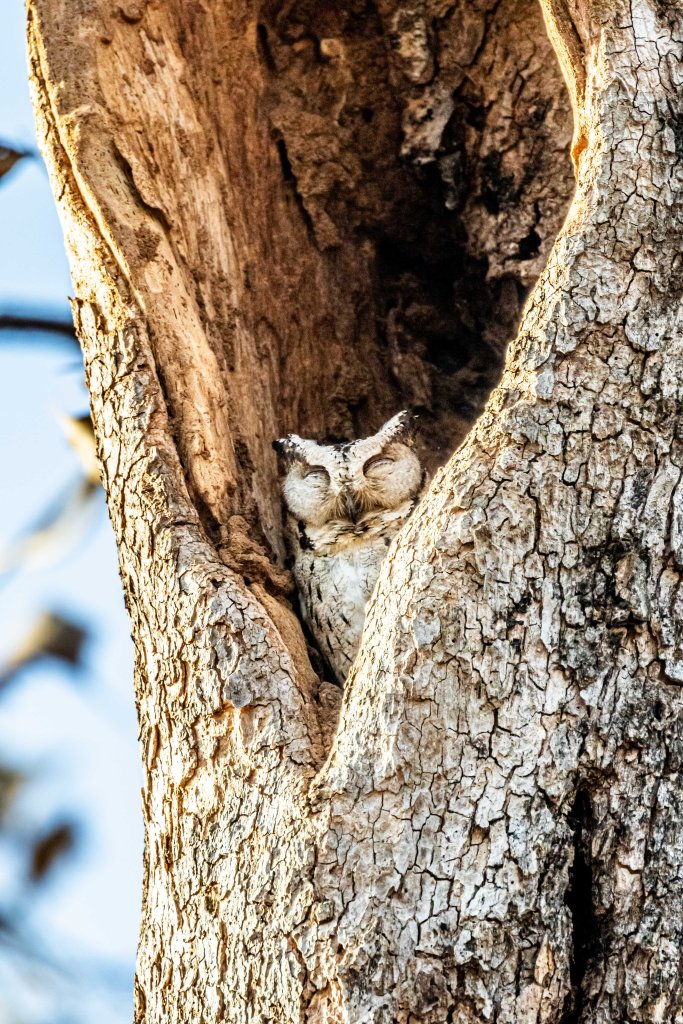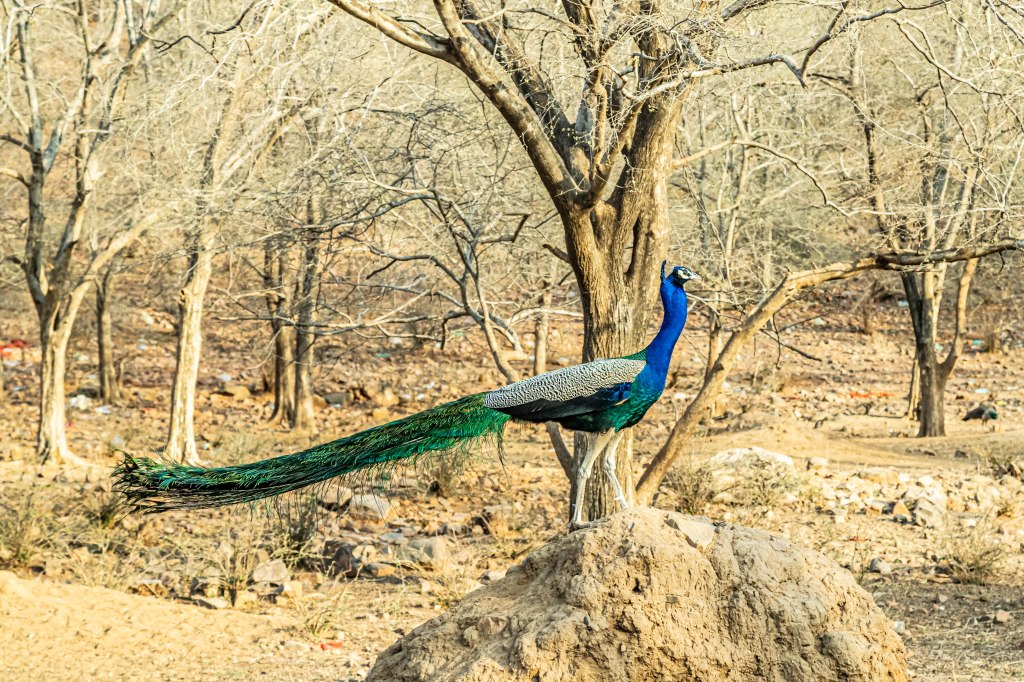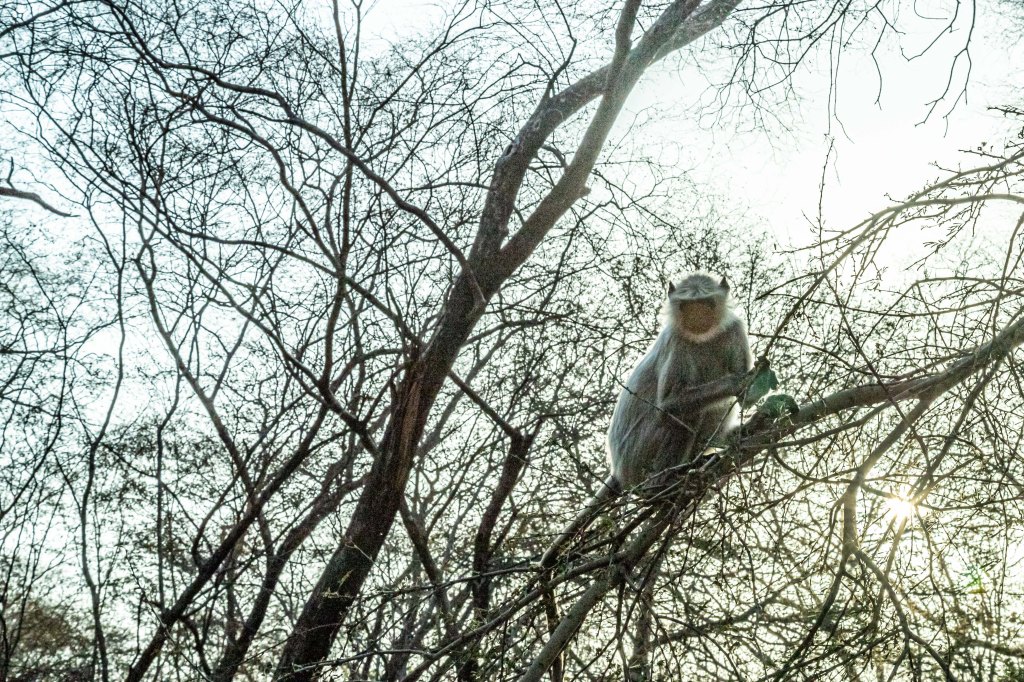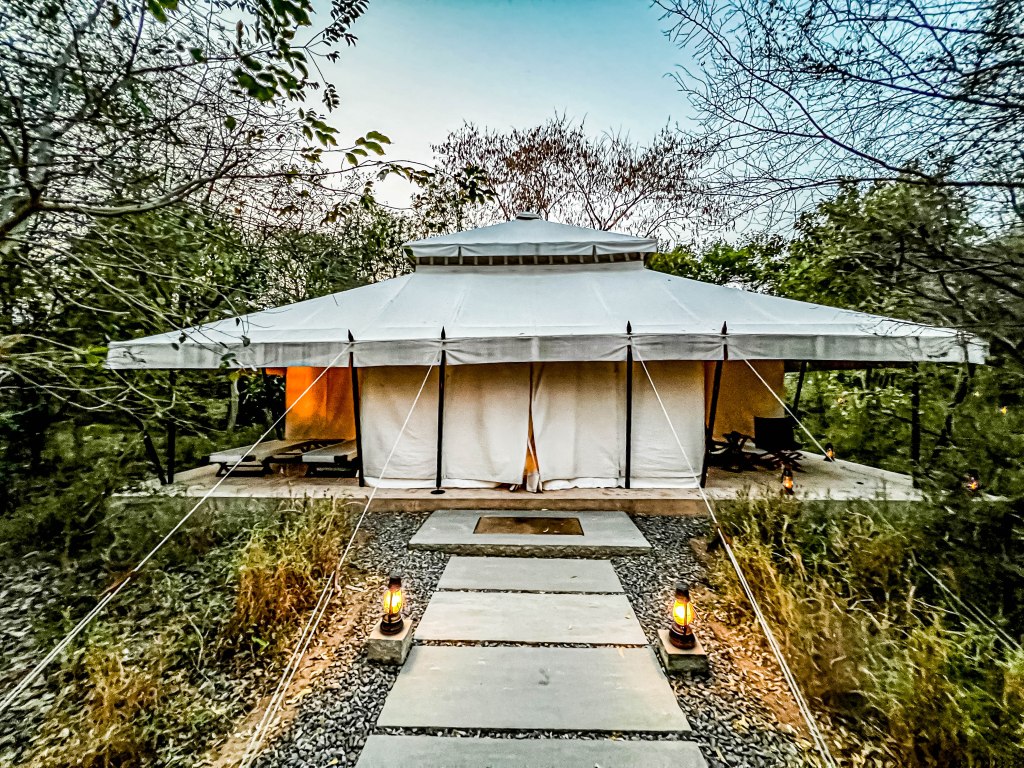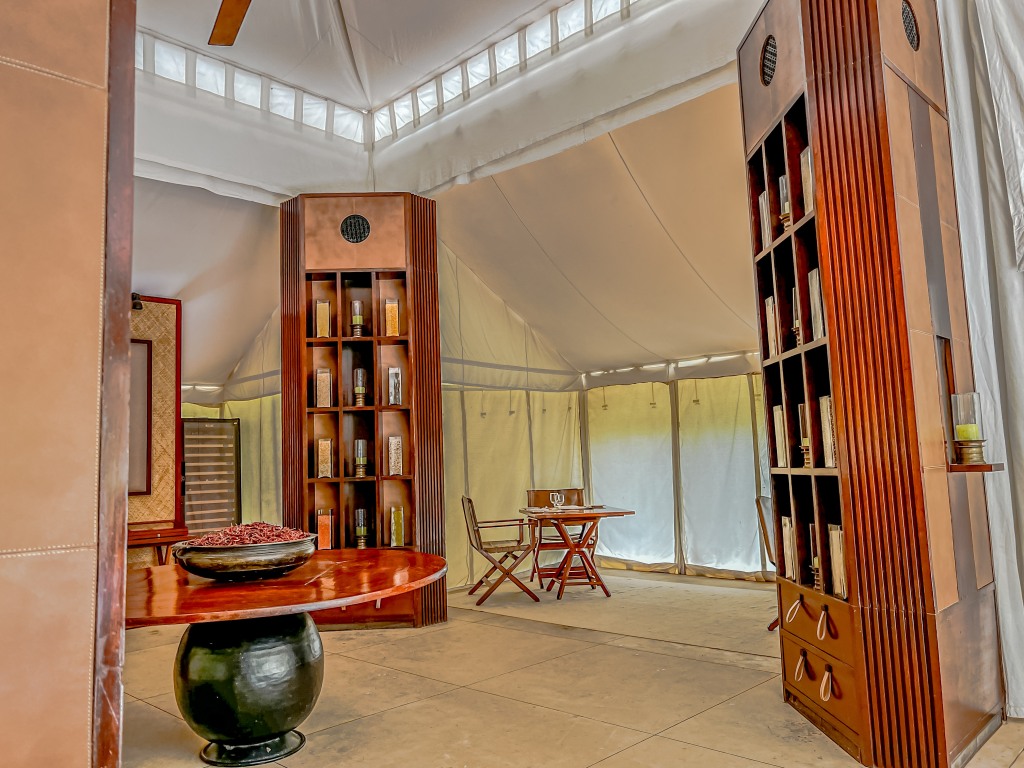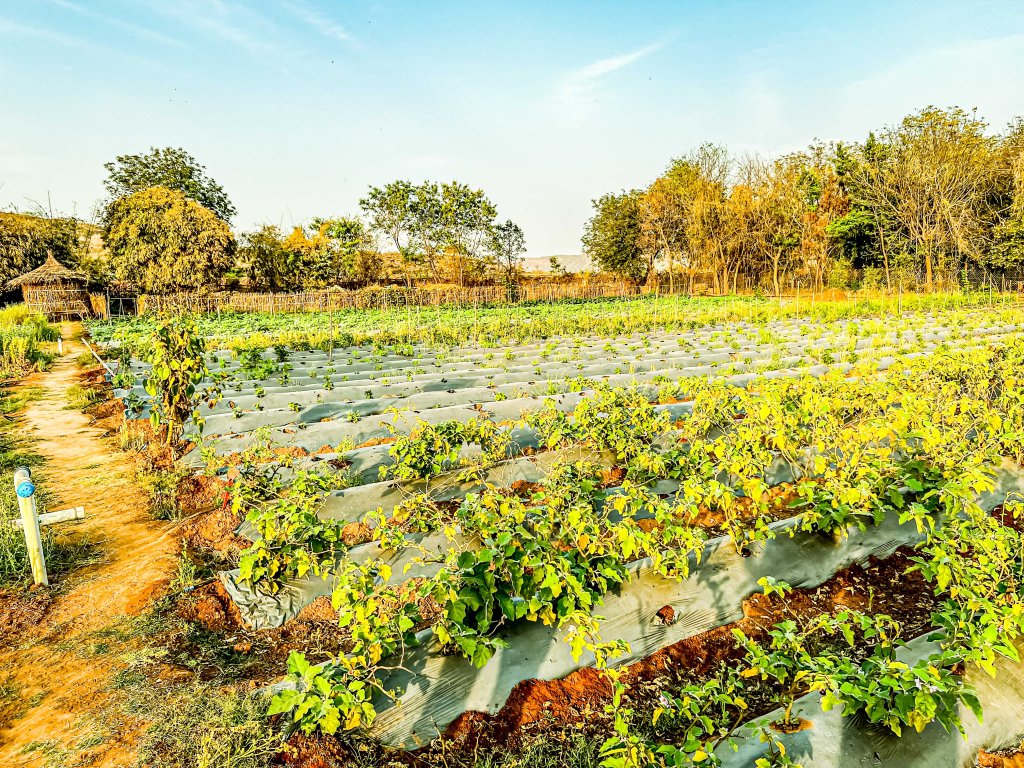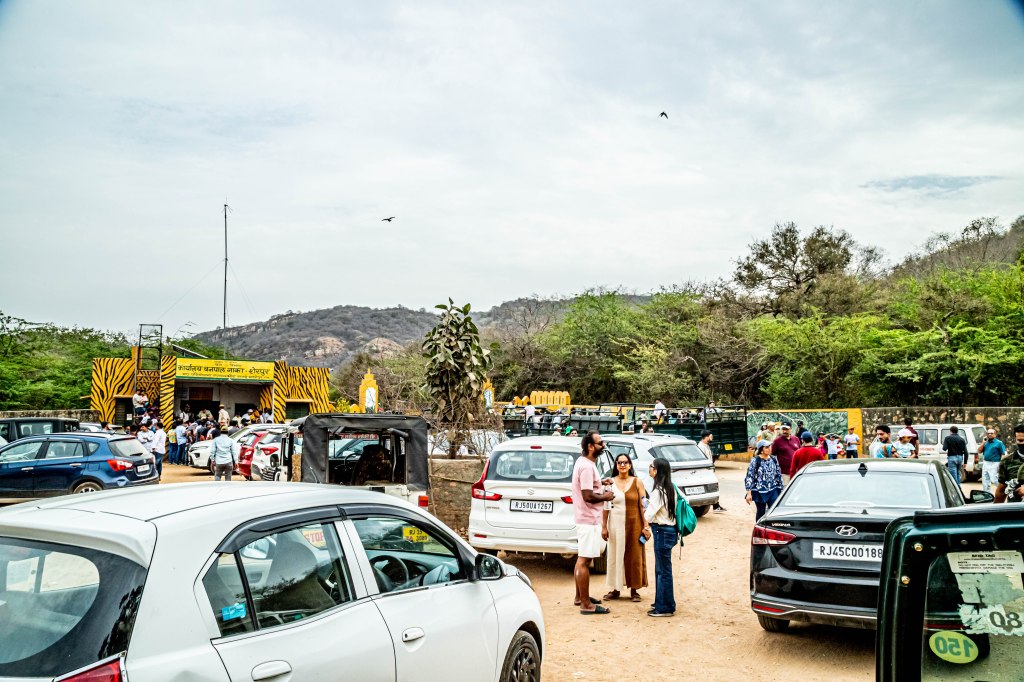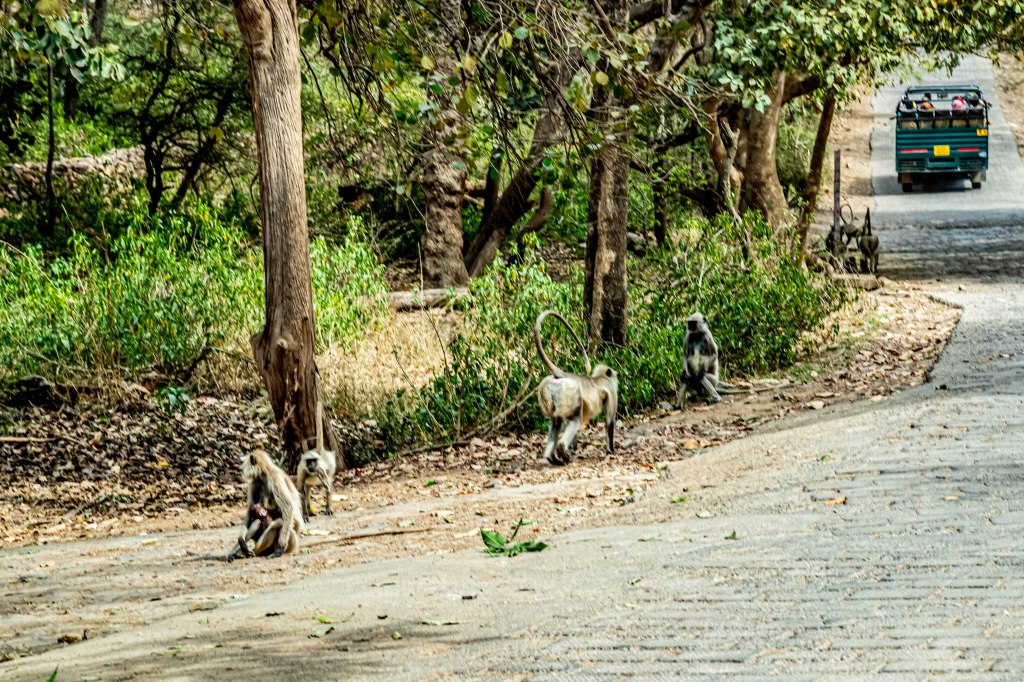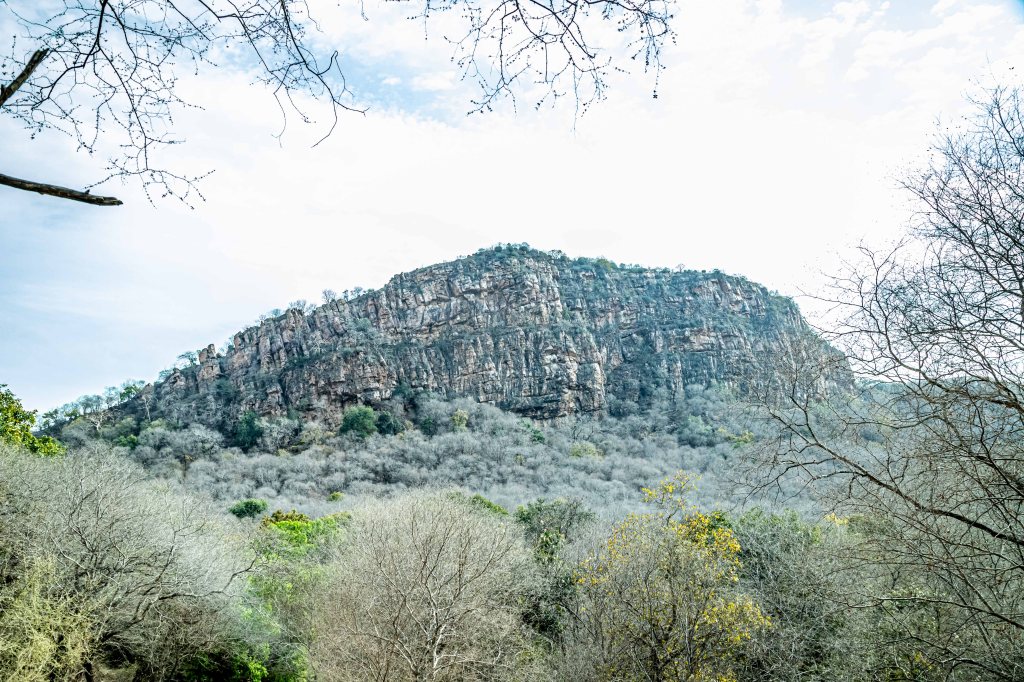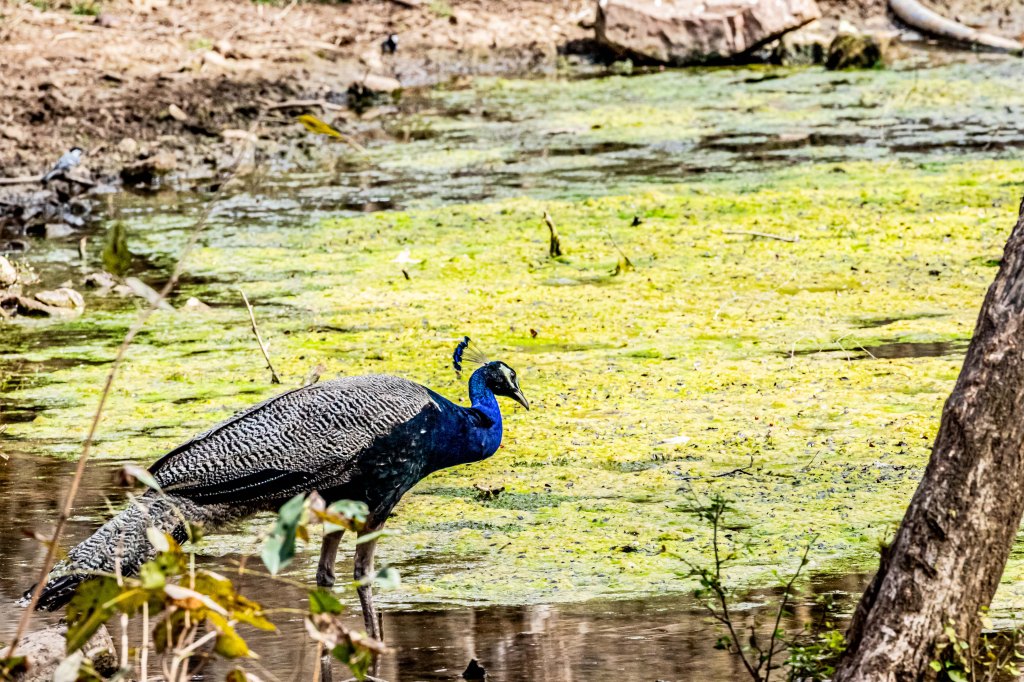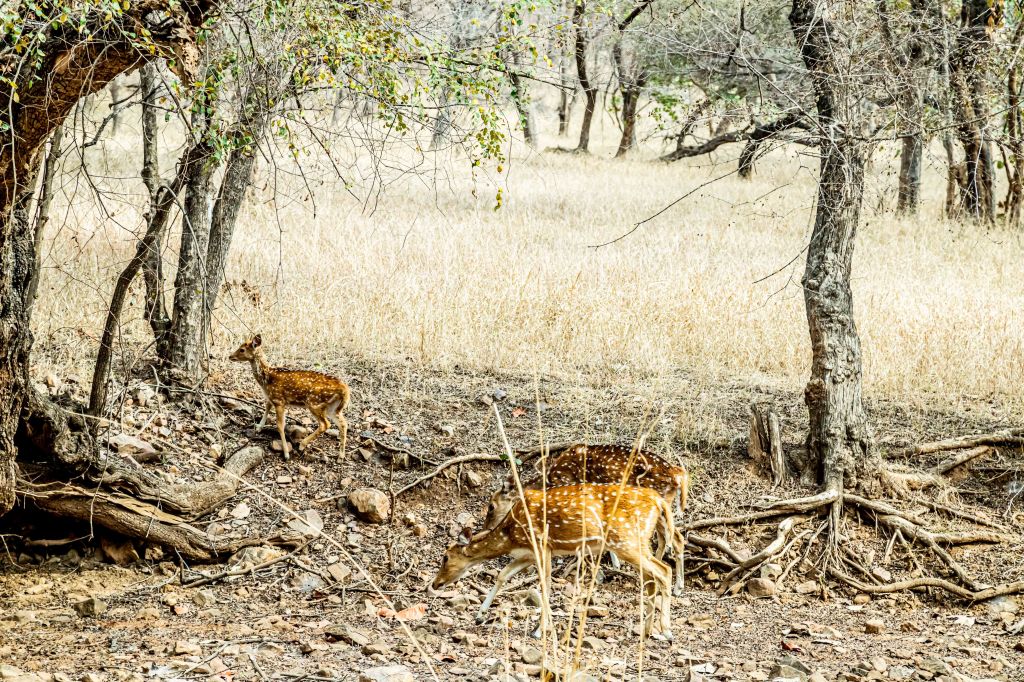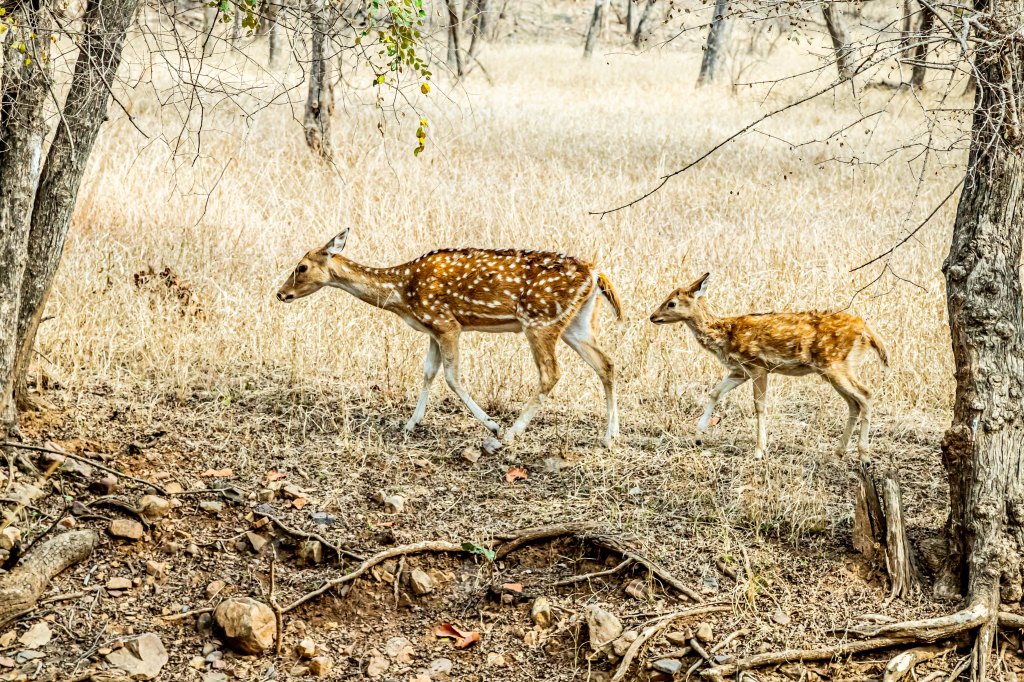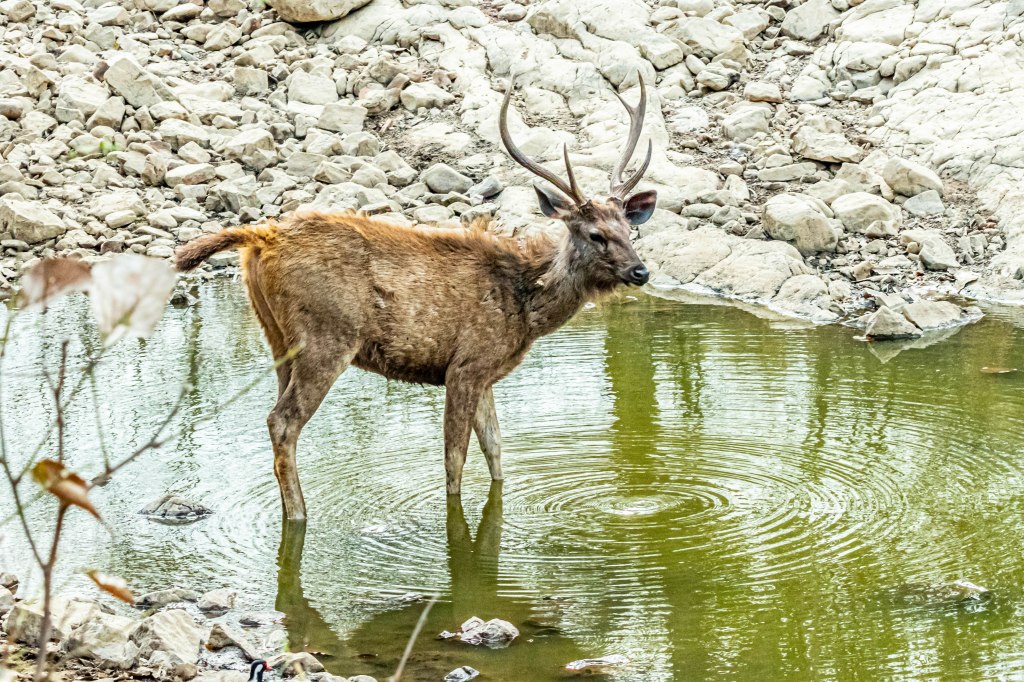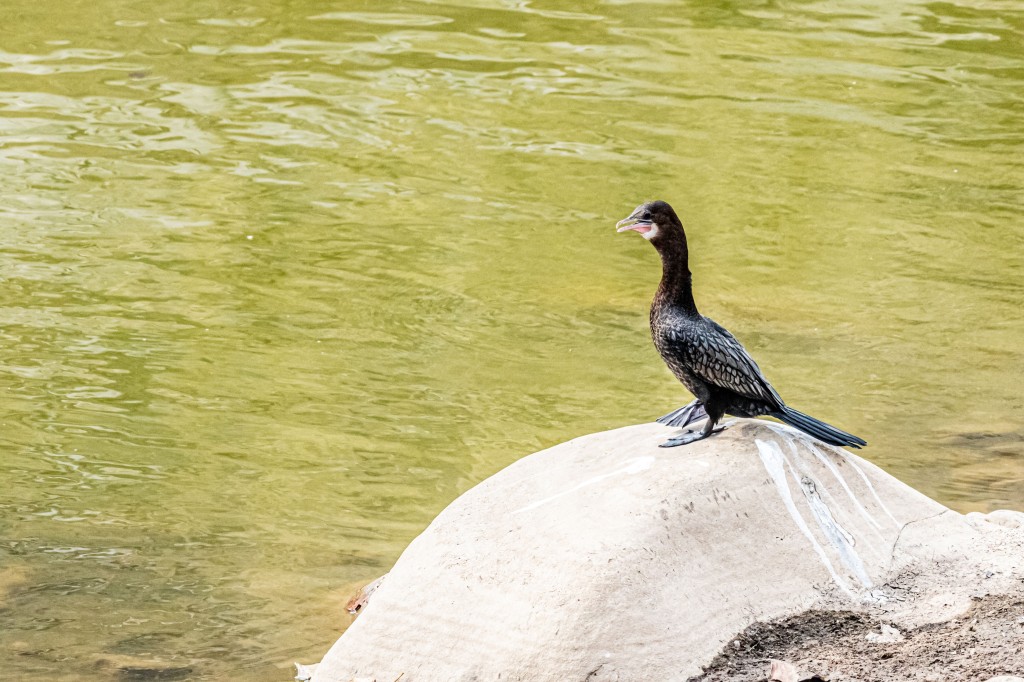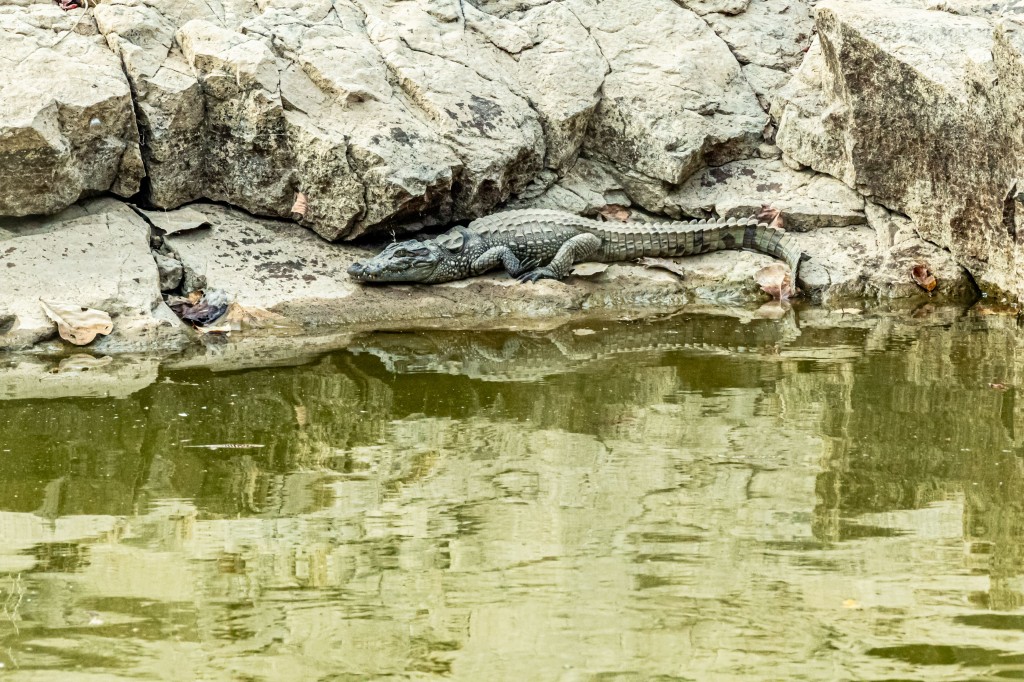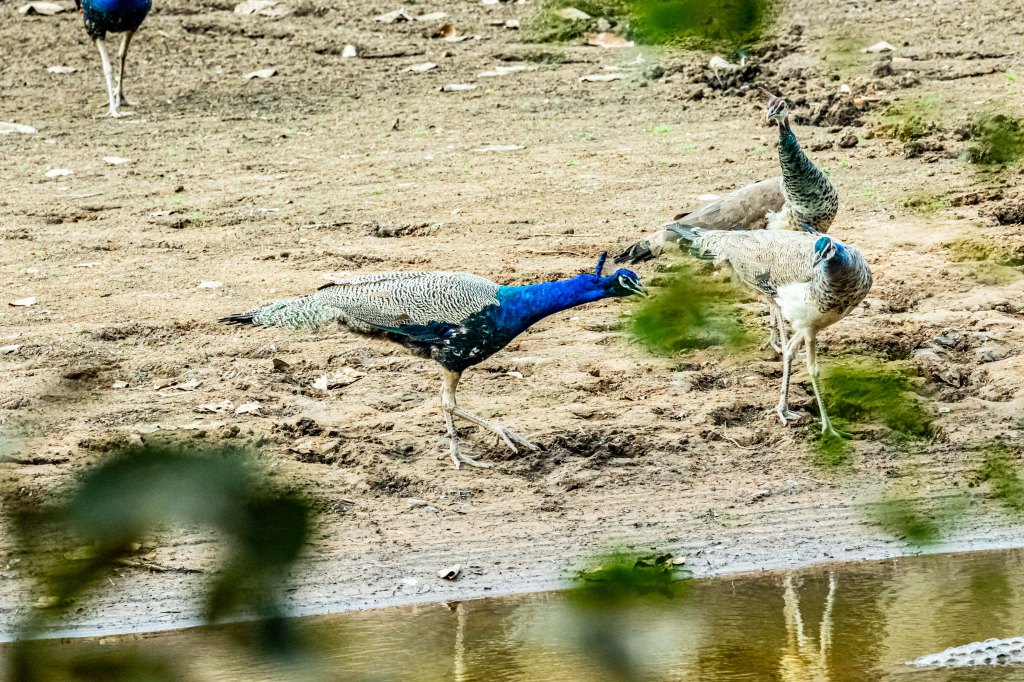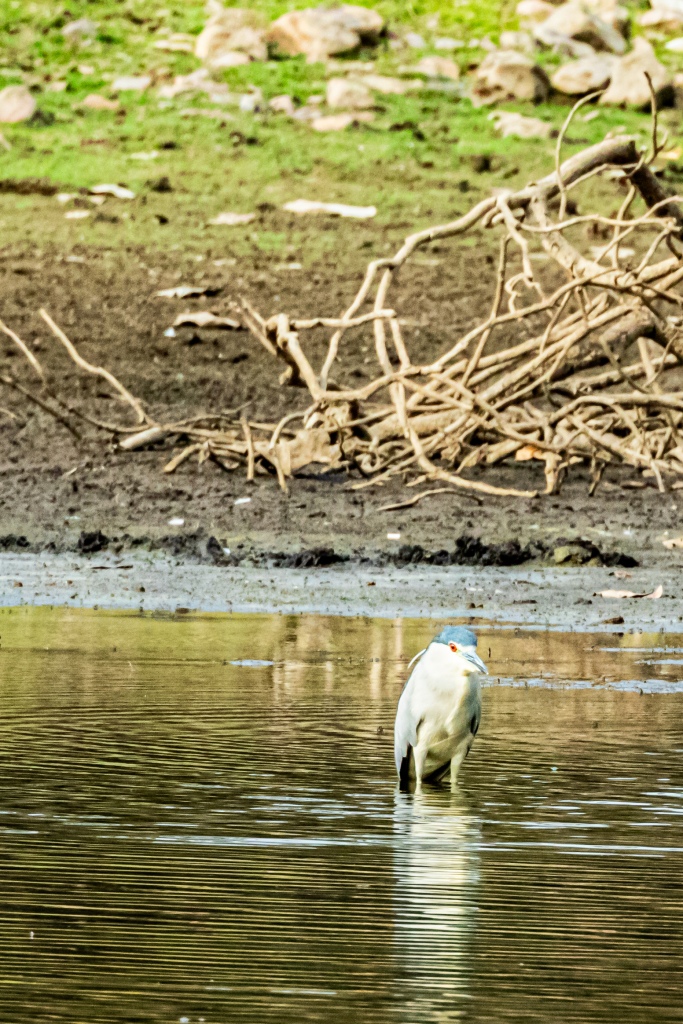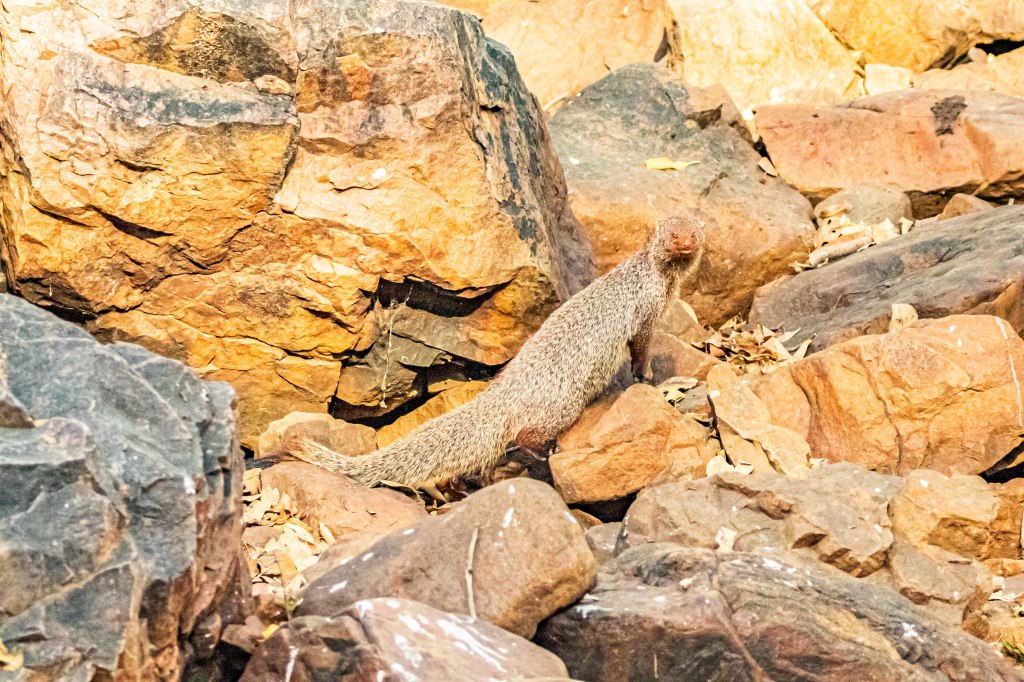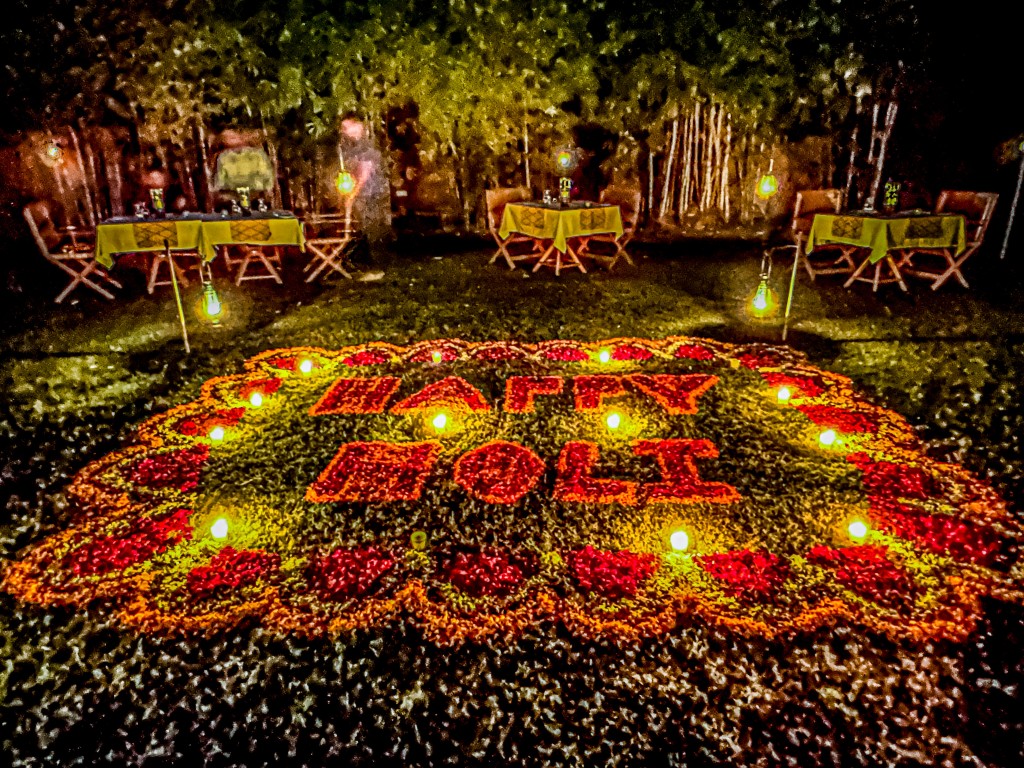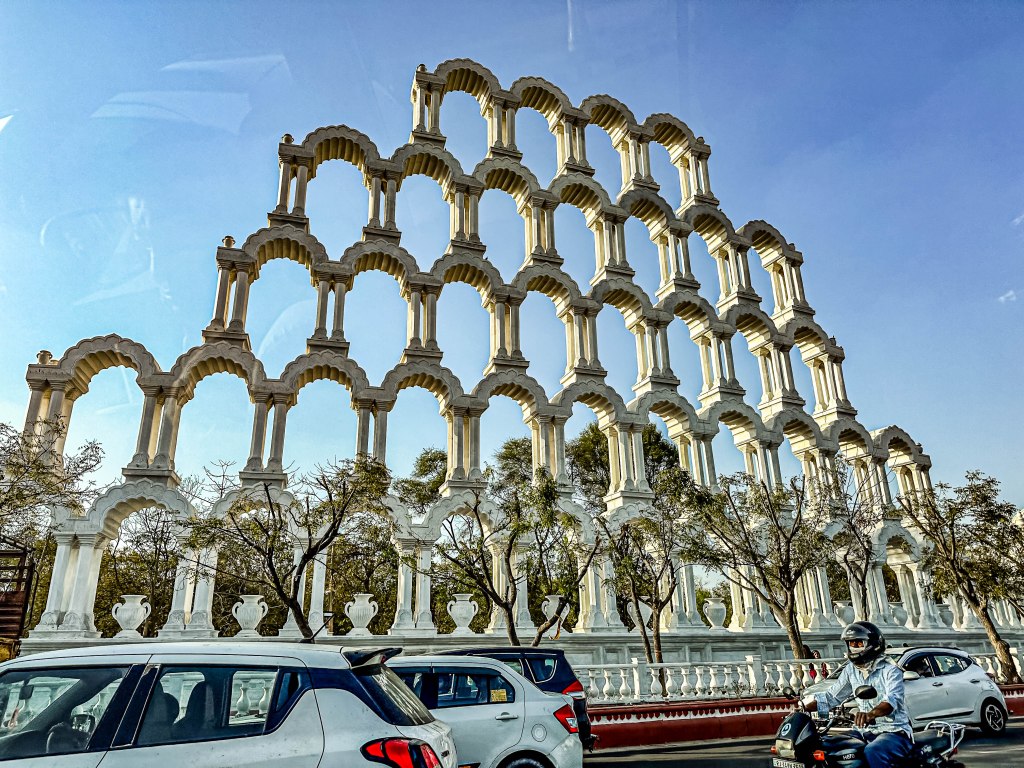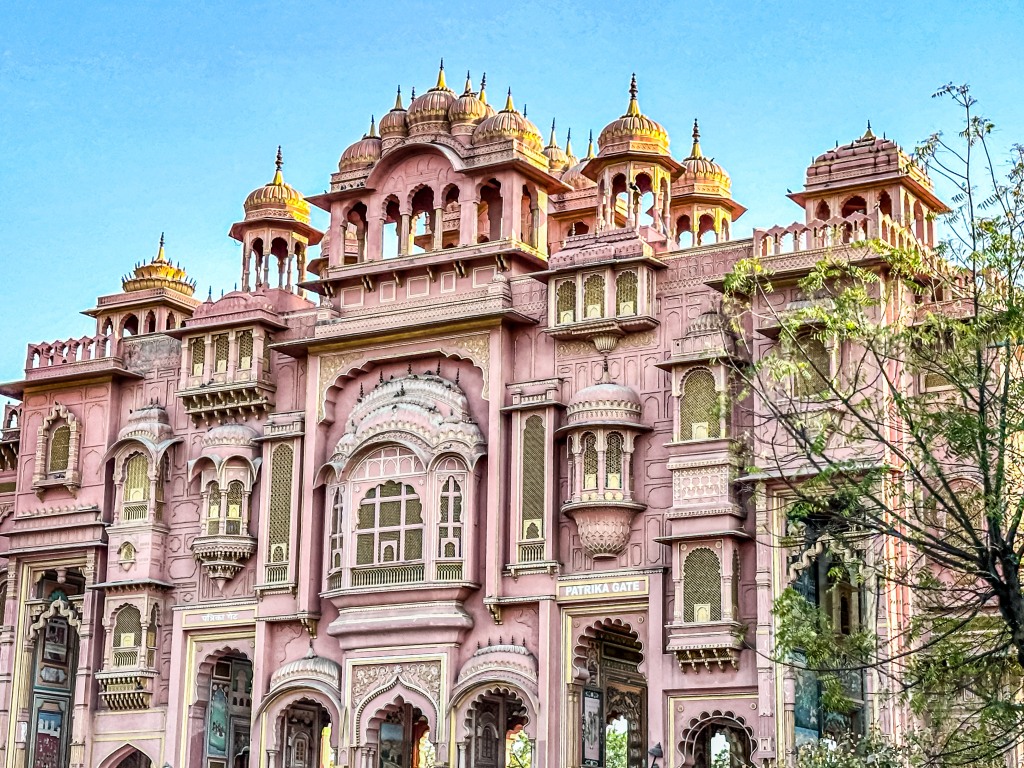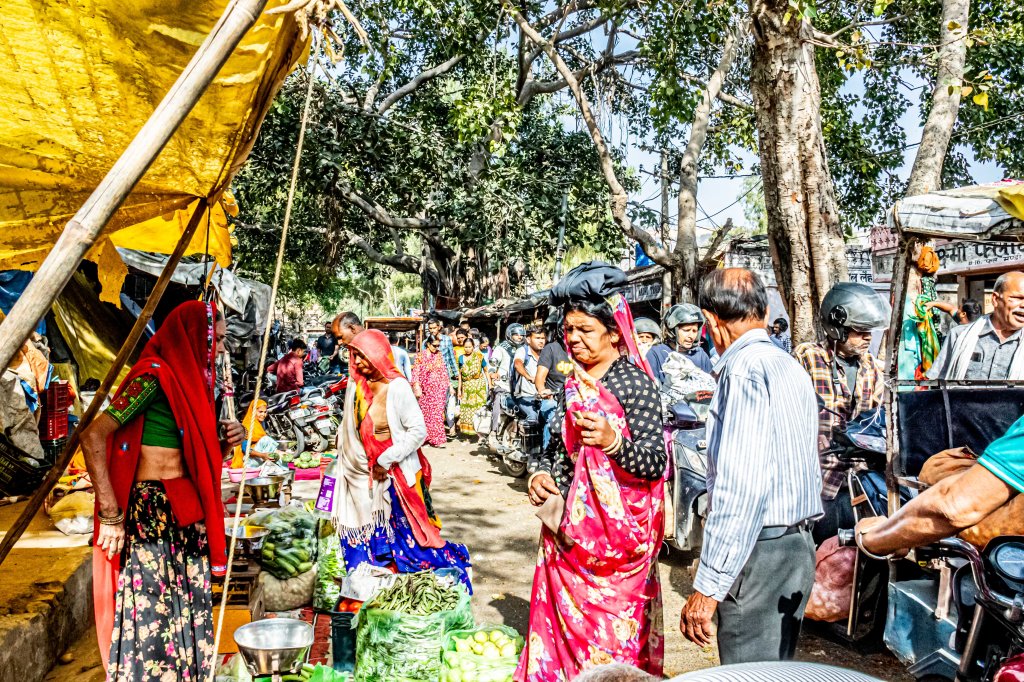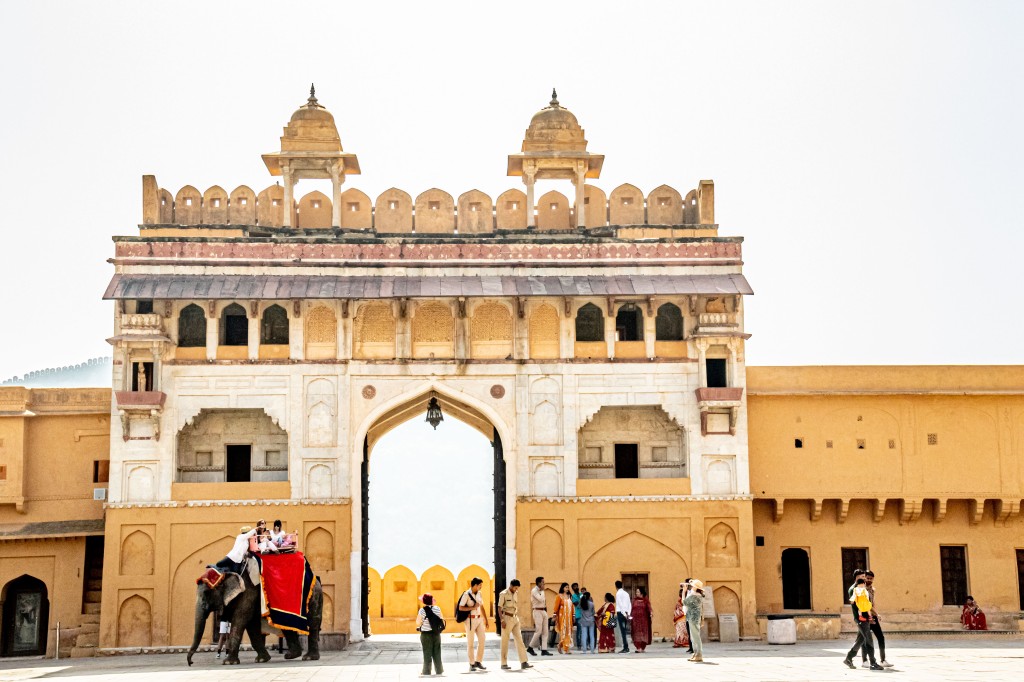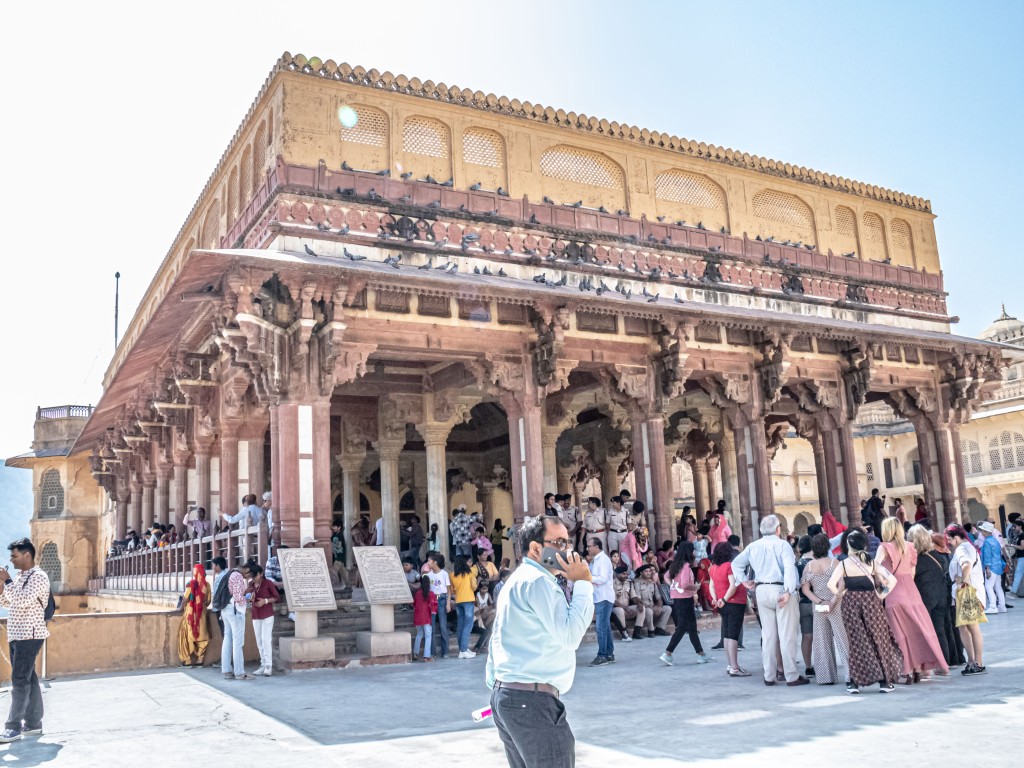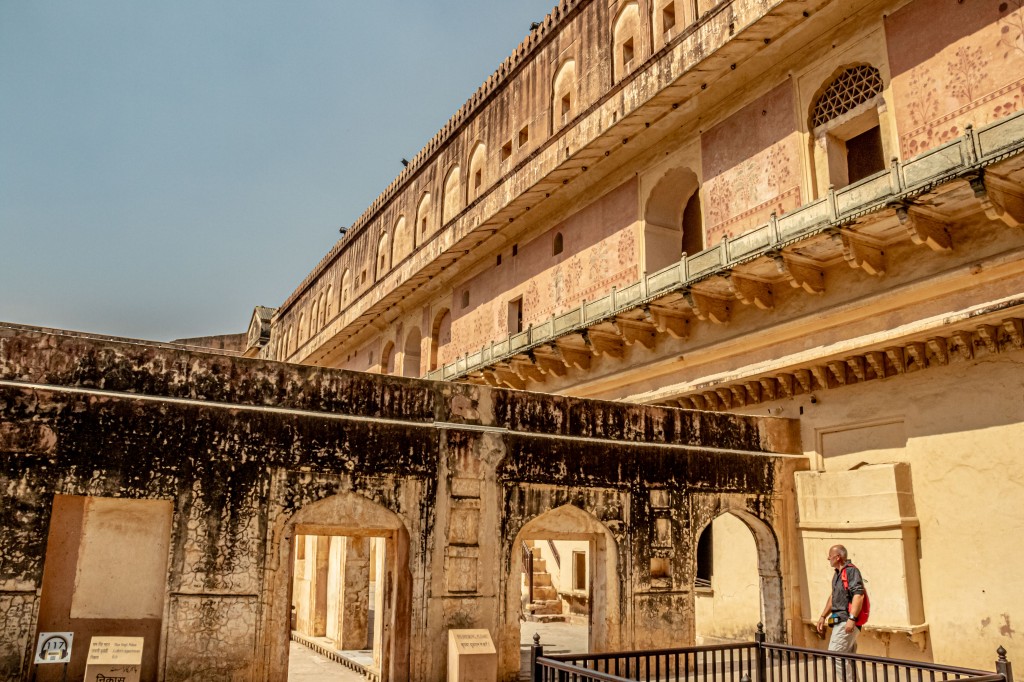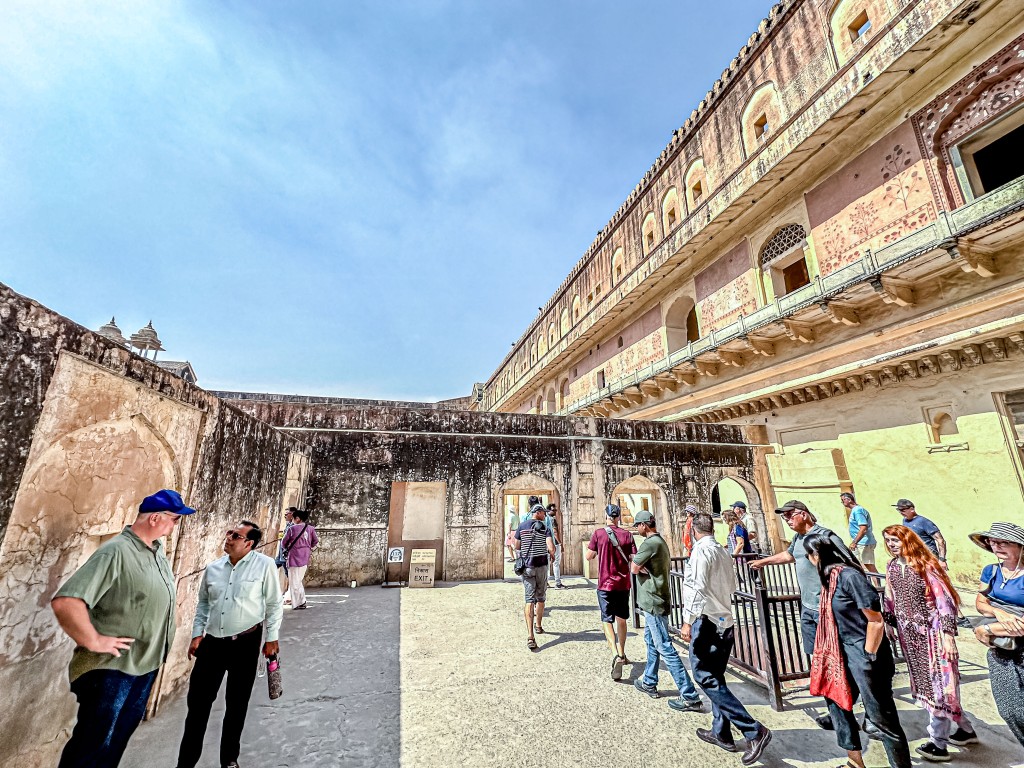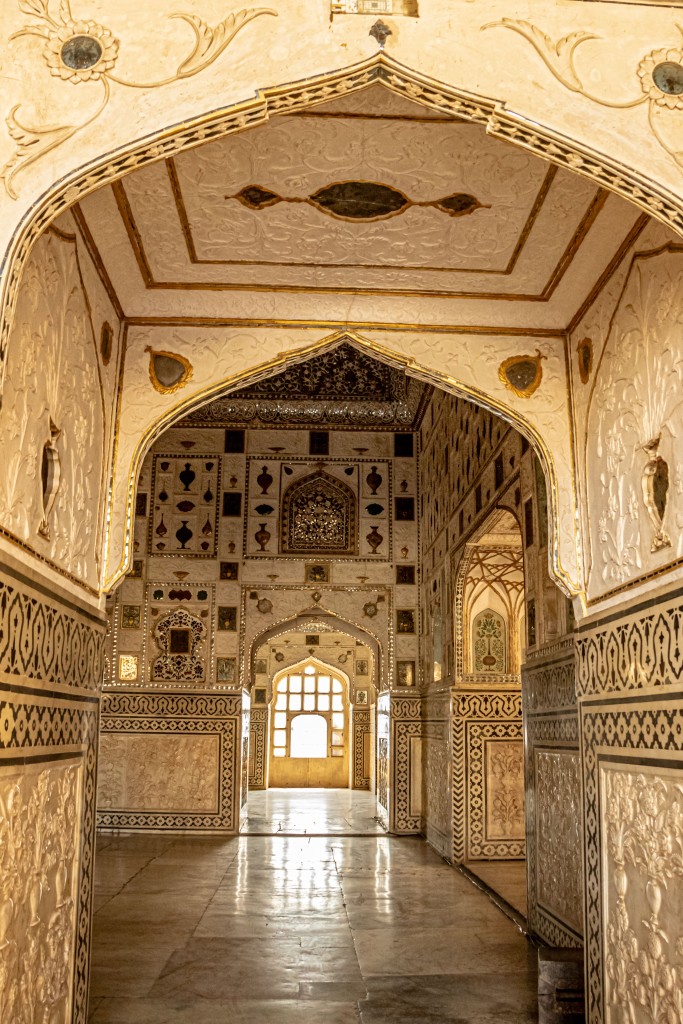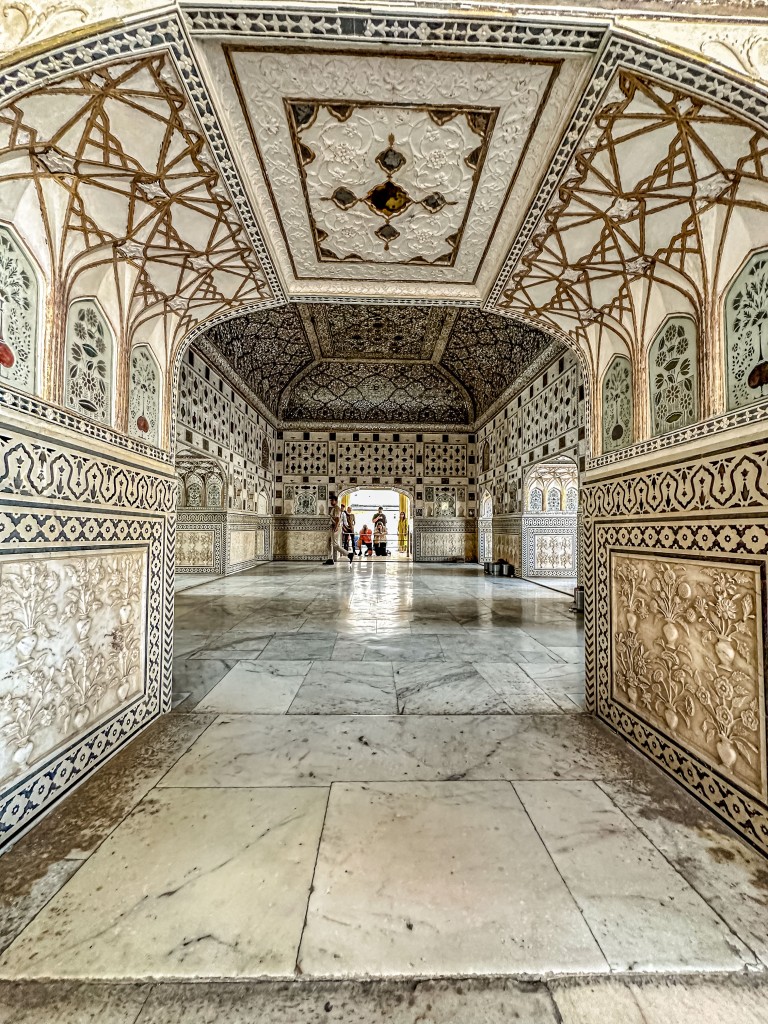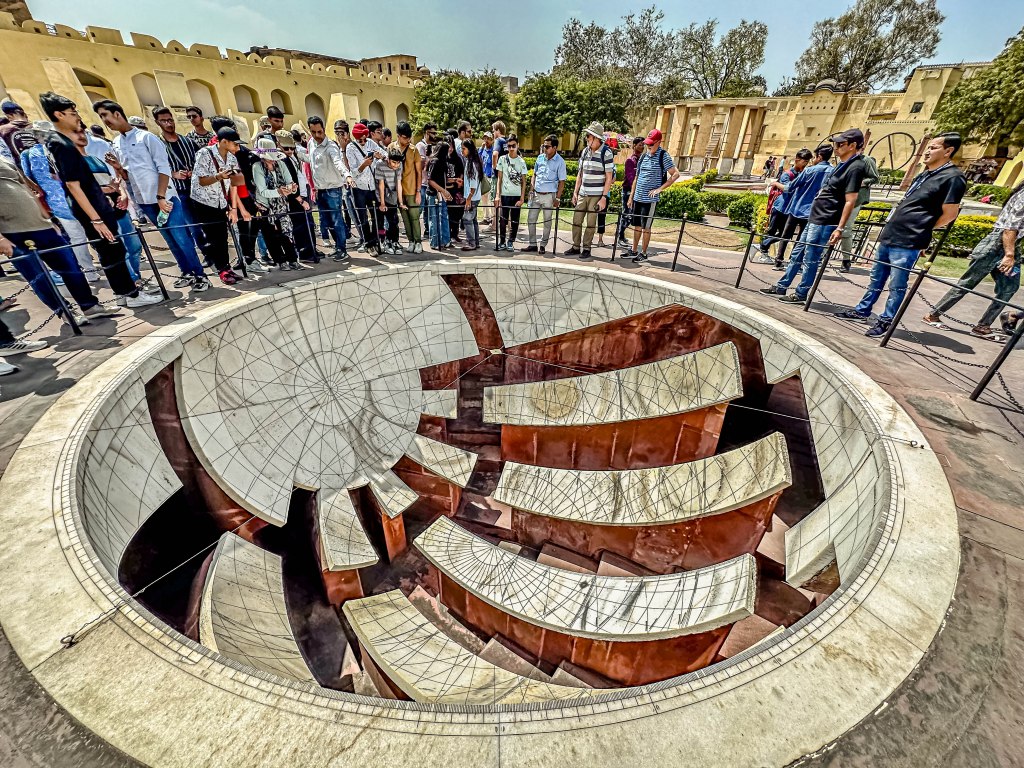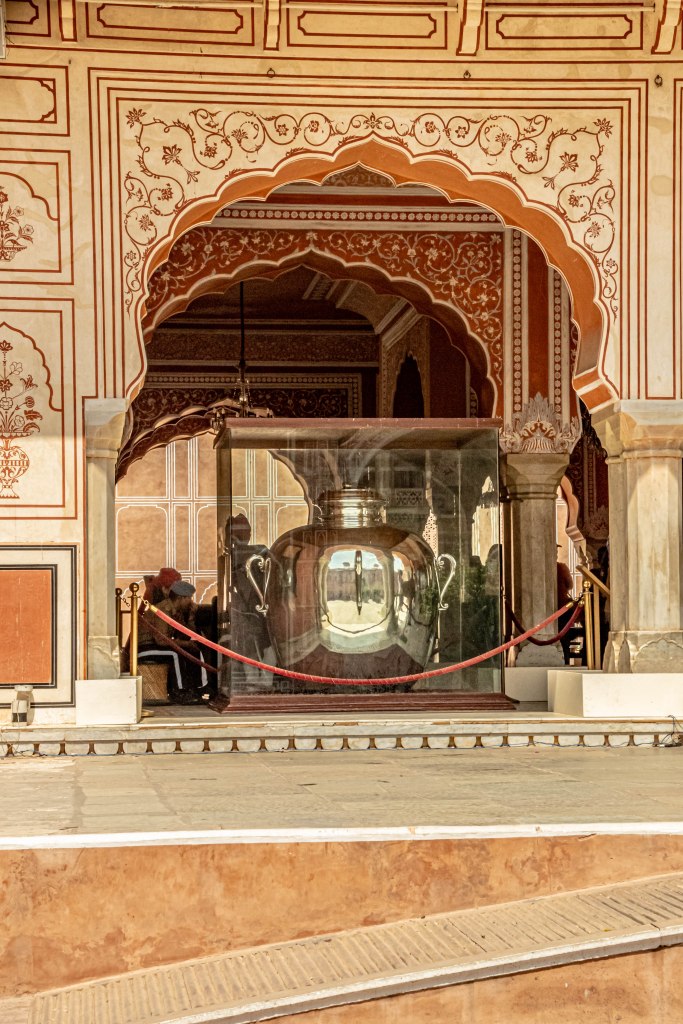March 31, 2024 (Easter):
As I mentioned yesterday, there was not much of a historical nature left in Tokyo after the bombing raids in 1945. Our focus for today’s tours will be on Japan’s history, with a visit to the Tokyo National Museum, and the Senso-Ji temple complex.


The Tokyo National Museum is the largest museum in the nation and oldest, and contains over 100,000 items. It charts the entire history of Japan, mostly through its artistic arts and artifacts. The oldest arts on display are about 16,000 years old. Buddhism was introduced in 6th century (its came from India by way of China through Korea).


The museum exhibits had this to say:
Japan’s leaders transformed their society by adopting Buddhism and other foreign cultures and practices. Buddhism was founded by Gautama Buddha in ancient India around 500 BC. Later it spread throughout Asia and was introduced to Japan from the Korean Peninsula in the 6th century AD.

In the Asuka period (593-710), people from the Korean Peninsula brought advanced knowledge to Japan. They included monks, scholars, and artisans, who brought technology, scholarship, artistic traditions, and Buddhist teachings. Under the leadership of the emperor and powerful clans, Buddhism began to flourish as temples were built and sacred images created.

In the Nara period (710-794), Japan’s leaders emulated the Buddhist culture that was thriving in China. In the capital of Nara, the emperor oversaw the creation of a giant buddha sculpture at Todaiji Temple, the symbol of a state now unified under Buddhism.

The sculptures, ritual tools, sacred texts, and other works on display illustrate these two periods of rapid change.”
“Buddhism is based on the teachings of Sakyamuni (Gautama Buddha), who lived in ancient India around the 5th century BC. He is called Shaka in Japan. Shaka did not leave any writings for posterity, but many Buddhist teachings were recorded in the centuries after his death. These sacred writings, called sutras, were carefully copied over and over again by those seeking to gain religious merit or have their prayers answered. This practice ensured that copies of sutras were widely distributed and helped Buddhism gain footholds far beyond its roots in India.
In the 6th century, Buddhism was introduced to Japan from Korea together with its sutras. It spread from the imperial court outwards and gradually became the dominant religion in Japan along with the indigenous religion Shinto. The sutras displayed here were often copied or commissioned by members of the imperial court. They hoped their religious devotion would ensure the stability of the nation, the peaceful repose of their ancestors, and their own personal well-being.”

Before that, Japanese practiced Shintoism, which was a worship of natural elements. However, as our guide told us (with a twinkle in the eye), the Japanese are “flexible” about religion, and found the two religions could be practiced harmoniously.
Japan also adopted the Chinese system of writing ideograms, but found it very complex, so they simplified it. Once writing was introduced, it was widely adopted by the noble class. A formal part of education for nobles included writing poetry.
“The Arts of Buddhism | 8th-16th century
The beliefs and arts of Buddhism, along with its followers, became more diverse over time. In the Heian period (794-1192), the emperor and court nobility practiced and supported Buddhism. They used their vast wealth to build temples and create images for worship, often in delicate styles reflecting their tastes.
In the Kamakura period (1192-1333), the samurai gained political power, also becoming patrons of Buddhism. They preferred Buddhist art that was clear and dynamic, which led artisans to develop new styles. Many common people also became followers of Buddhism at this time, blending this religion with local beliefs, especially in the Muromachi period (1392-1573).
During these centuries, monks brought new schools of Buddhist thought from China, and developed new schools in Japan based on older teachings. Buddhism also became more integrated with Shinto, the indigenous religion. The paintings, sculptures, ritual tools, and sacred calligraphy on display illustrate this diversity in Buddhism.”
“The Arts of the Imperial Court | 8th-16th century
After emulating China for generations, the imperial court began to develop its own cultural identity around the 10th century. This movement was led by the court nobility serving the emperor. The body of work they produced – literature, calligraphy, painting, and elegantly decorated items for daily use – became one of Japan’s cultural foundations.
Even after the samurai gained more political power than the court in the 12th century, the court remained the home of high culture for centuries.
The different art forms of the court were closely related, with literature playing a central role. Previously the nobility wrote in Chinese, but the creation of a new writing system (kana) helped Japanese literature to flourish. Both noblemen and noblewomen wrote some of Japan’s most celebrated poetry and stories, including The Tale of Genji by the court lady Murasaki Shikibu. Scenes from literature were also shown in paintings and on furnishings, which the nobility commissioned for their mansions.”


“Zen and Ink Painting | 13th – 16th century
Zen Buddhism was introduced from China, and had widespread influence on culture in Japan. Zen does not stress elaborate rituals or the study of sacred texts. Rather, it teaches that meditation and daily tasks, even cooking and cleaning, are the way to spiritual enlightenment. In the 13th century, monks brought Zen to Japan as a complete school of Buddhist thought.
These monks also brought the latest cultural practices from China. One of them was ink painting, which uses expressive lines and delicate gradations to portray nature and people. Ink painting spread beyond Zen temples and became a major artistic tradition in Japan.”
“Another practice was calligraphy by Zen masters, which was prized for its spiritual and aesthetic value. Along with the painting and calligraphy shown here, Zen Buddhism influenced tea ceremony, garden design, and many other forms of art.”

“Tea was introduced in 12th century from China, adopted first by priests because their formal training is so arduous that they needed the caffeine to stay awake to study. Tea ceremonies became very elaborate, often lasting several hours.“
“Arms and Armor of the Samurai | 12th – 19th century
The samurai ruled Japan for nearly 700 years, from the late 12th to the 19th century. They emulated the imperial court, which was the home of high culture, but also borrowed from the practices of common people. Wishing for divine protection in this life and salvation in the next, they worshipped both Shinto and Buddhist deities. The culture of the samurai was complex and ever-changing, but always reflected their authority as the warrior class of Japan.
This gallery focuses on the most prominent symbols of samurai authority: swords, armor, and other military equipment. These had many purposes. Through diverse colors and materials, they showed the tastes of their owners. Differences in shape and construction reflected differences in rank and social standing. Many samurai passed down this equipment as heirlooms, while high-ranking samurai exchanged it as diplomatic gifts. Swords and armor were also donated to Buddhist temples and Shinto shrines in prayer for victory in battle.




“Technique and Beauty in Clothing Design
This section often displays clothing made for women of noble or samurai families. In the 17th-19th centuries, most clothing had similar shapes, but the fabrics and designs varied by season. The clothing on display here is changed regularly to reflect the seasons.
Lined robes were typically worn in the cool months of spring and autumn. Unlined robes made of ramie, a fabric similar to linen, or silk crepe, a light crinkled fabric, were preferred in the summer. Artisans decorated these fabrics with labor-intensive techniques like embroidery and resist dyeing. In the coldest months, women put on outer robes padded with cotton. The dry winter air also caused fires to spread quickly in the city of Edo (Tokyo). For these emergencies, they wore fire-resistant clothing, which was also decorated. During the New Year, they slept under robe-shaped quilts with designs thought to ward off evil and bring good fortune.”


“This kimono was designed for a young woman of the samurai class. The waterfalls on the surface are colored with a synthetic pigment called Prussian Blue, which was first imported to Japan in the mid- 1800s. Other decorative motifs include the peony, considered “The King of Flowers,” and the peacock, “The King of Birds.”
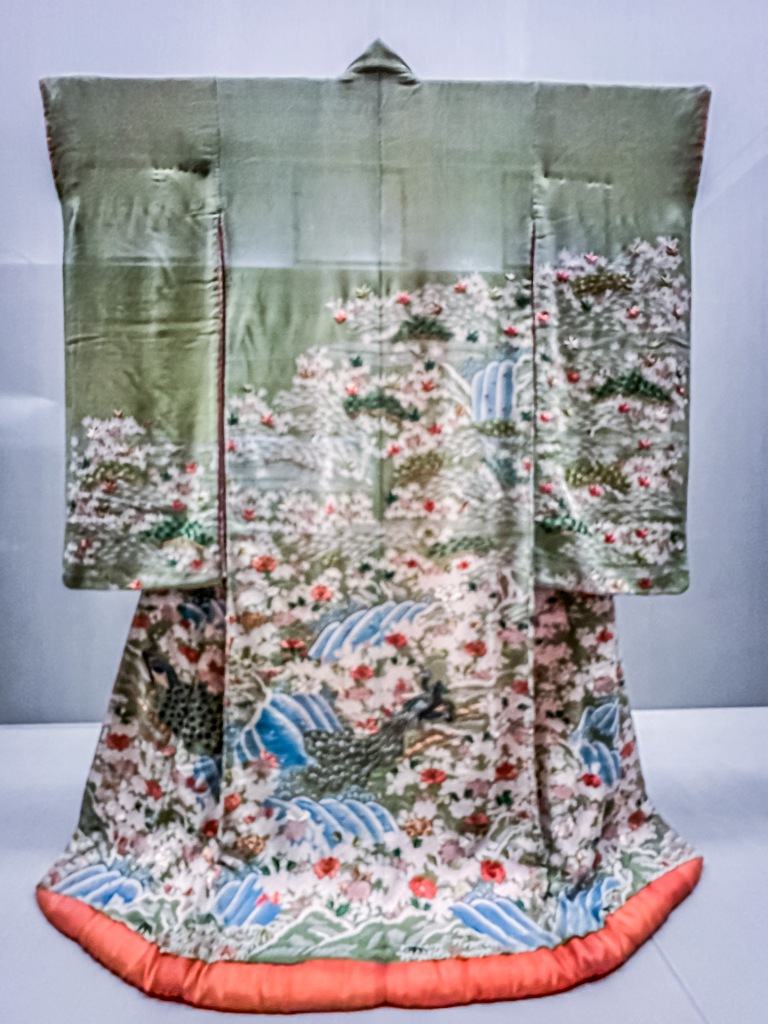
“Produced for the shogun and samurai lords, Nabeshima porcelain is characterized by technical refinement and skillful designs. Here, blooming cherry trees bend their branches dramatically, echoing the shapes of the dishes. Each blossom was outlined twice by hand, first with cobalt blue and then with a pigment called “floral red.”

“Calligraphy about Spring
For hundreds of years, traditional poetry in Japan has been composed in both classical Chinese and classical Japanese. These poems often took the four seasons as their main theme, and this exhibition focuses on calligraphic works of poetry centered around spring and cherry blossoms.

Additionally, this exhibition also features calligraphy that invokes the famous Orchid Pavilion Gathering from Jin-dynasty China (265-420). This landmark cultural event, which took place on the third day of the third month of the lunar calendar, saw a group of elite Chinese poets coming together to compose poetry. It is also known for the preface that master calligrapher Wang Xizhi composed to introduce the poetry anthology that was borne out of this gathering.

The Tokyo National Museum is on one end of Ueno Park, which is the largest park in Tokyo. It acts rather like Central Park in New York, and was originally established as part of the Meiji Temple complex, which we will visit tomorrow.
As you may have noticed from yesterday’s post, we had a bit of a heat wave in Tokyo, and the sakura (cherry blossom season) has finally started. Although the cherry trees weren’t anywhere near full bloom yet, we got to see some families enjoying the Japanese tradition of hinami– cherry blossom viewing parties. We left Ueno Park for the nearby Asakusa area, which is the cultural heart of Tokyo.


We visited the oldest temple in Japan, Senso-Ji, in the Asakusa area of Tokyo. It is Tokyo’s oldest-established temple, and one of its most significant. It is dedicated to Kannon, the bodhisattva of compassion. Structures in the temple complex include the main hall, a Five-story Pagoda and large gates. It is the most widely visited religious site in the world with over 30 million visitors annually. The temple was destroyed during a 10 March 1945 firebombing air raid on Tokyo during World War II. The main hall was rebuilt in the 1950s.

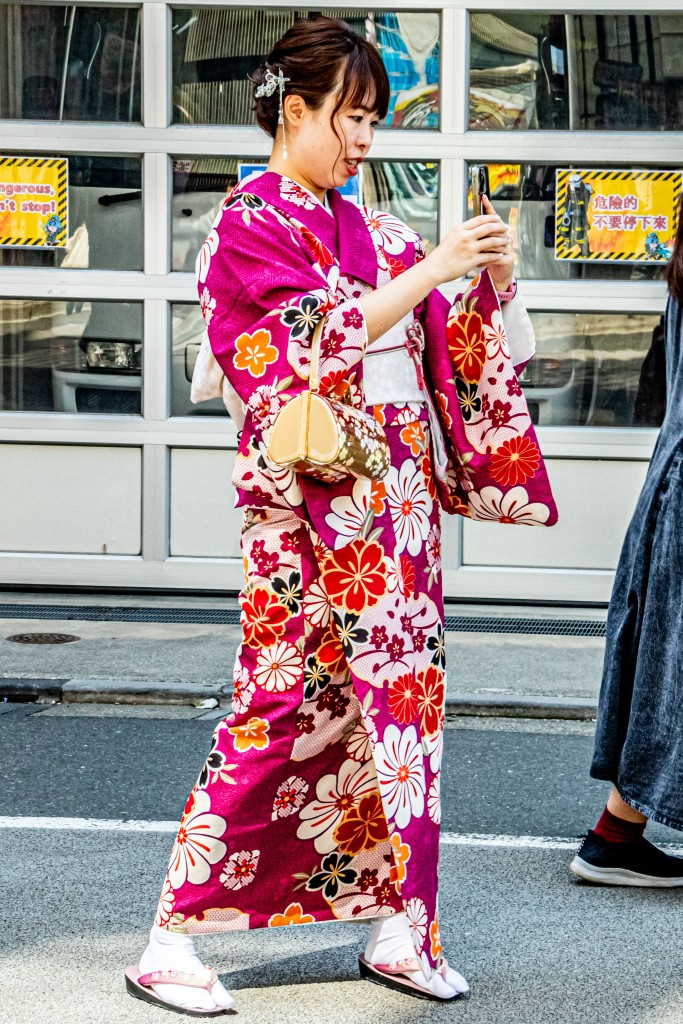
We entered through Nitenmon Gate (East Gate), but the main gate is the Kaminarimon Gate (Thunder Gate), guarded by lightning and thunder. It has a huge red lantern.

There is a charming story about the founding of the temple. In 628, Japan’s capital was at Asuka (present-day Nara Prefecture) and what would become Tokyo was still mostly uninhabited grasslands. Two fishermen, Hinokuma Hamanari and his brother Takenari, were on the Sumida River one day when they heard a command from the heavens to cast their net. When they brought the net up, they saw that they had caught a golden statue of Bodhisattva Kannon.
Hearing of this from the Hinokuma brothers, village headman Haji Nakatomo decided that he would become a devout believer in Bodhisattva Kannon. He took vows as a Buddhist priest, remade his home into a temple and spent the rest of his life practicing Buddhism. This episode marks the birth of Tokyo’s oldest temple and the start of Senso-ji’s history.

In 645, the renowned Buddhist priest Shokai visited Asakusa and built a hall for the worship of Bodhisattva Kannon; that makes him the actual founder of Senso-ji. After having a mysterious dream one night, Shokai decided that Bodhisattva Kannon should be hidden from human view, and it has remained so ever since. Word of blessings bestowed by Bodhisattva Kannon spread far and wide, and many people who had heard of this came to worship at Senso-ji from all over Japan. As a result, Asakusa flourished and grew into a large district. Asakusa Shrine is dedicated to the three fishermen. Parents bring children ages 3,5, & 7 to celebrate turning points in their lives; to pray for their happiness in November each year.



Over the intervening centuries until today, Senso-ji has remained a center of culture and worship in Tokyo. It continues to be very influential in people’s lives, and with millions of people visiting it every year, it is one of Japan’s most familiar temples.
Senso-ji and Asakusa are intimately linked. The two names are written using the same Chinese characters (i) but pronounced differently, “senso” being the Chinese pronunciation and “asakusa” the native Japanese pronunciation.
The Senso-Ji temple complex was just eye-candy that day! Whole families had come out (many traveling from afar) to see the temple during cherry blossom season. In addition to the riotously blooming cherry trees, there were scores of young women and men (and even children) dressed in traditional Japanese attire! In the Saskusa area, there are numerous shops where you can rent the entire ensemble. The visual effect was just breathtaking, even if it meant that the site was incredibly crowded, and you often had to wait your turn to photograph the really picturesque parts of the complex.




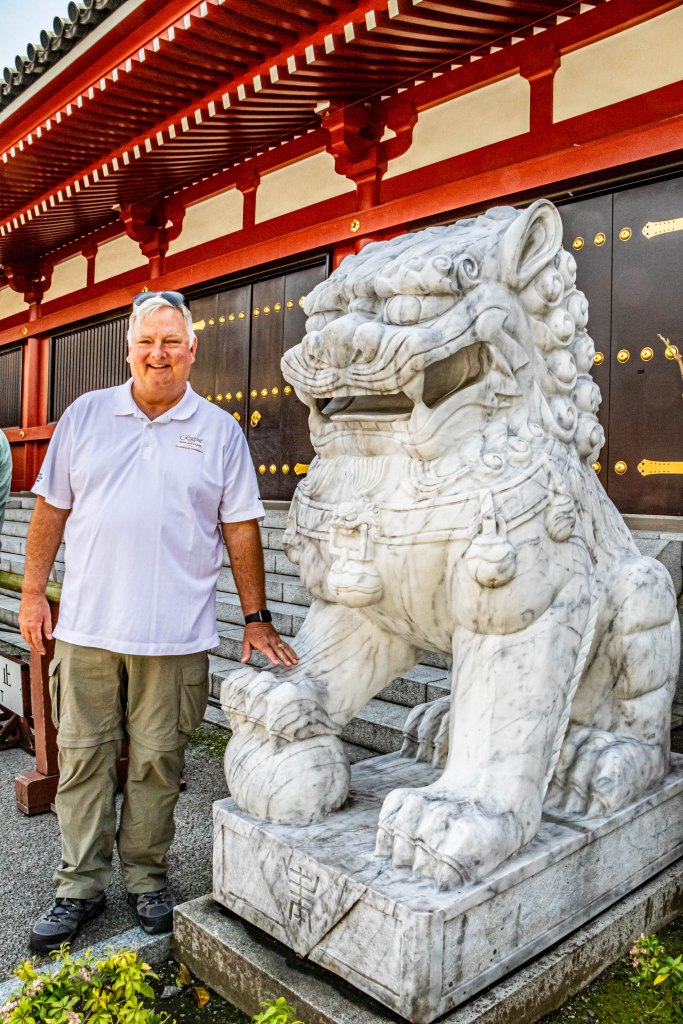
Next, we walked over by the five-storied Pagoda, which contains the ashes of Buddha. In India, Nepal and Sri Lanka, stupas are the religious buildings used to store relics of Buddha. However, in China and Japan, Buddhists developed pagodas to hold Buddha’s relics. This is another of the best recognized structures within the complex.
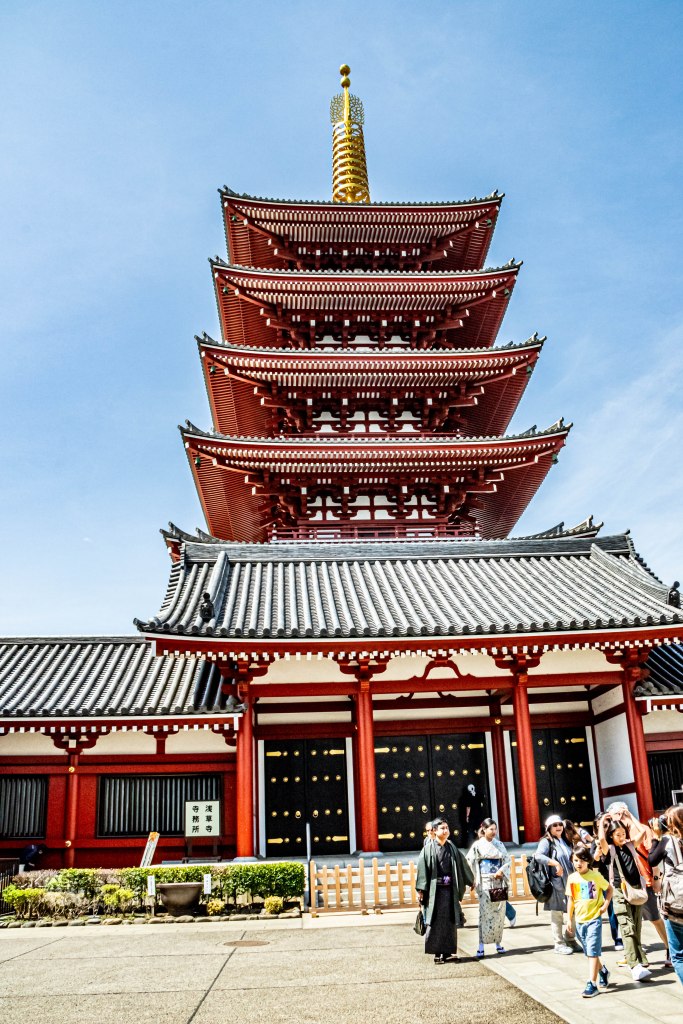
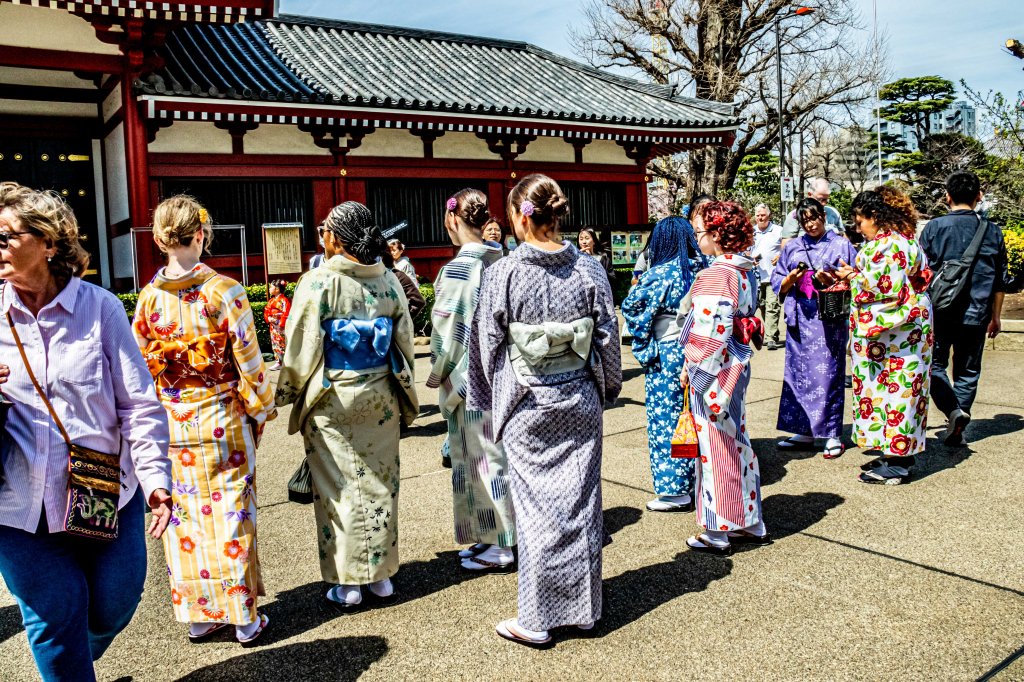

We walked through the Hozomon Gate in the middle of the complex, and into a long narrow shopping arcade (Nakamise) absolutely jam-packed with people. In addition to many shops selling all manner of sweets (including the hard-sugar encased fruit snacks on a stick which are a traditional treat at this time of year), there were games of chance, a few bars, and basic souvenir shops.
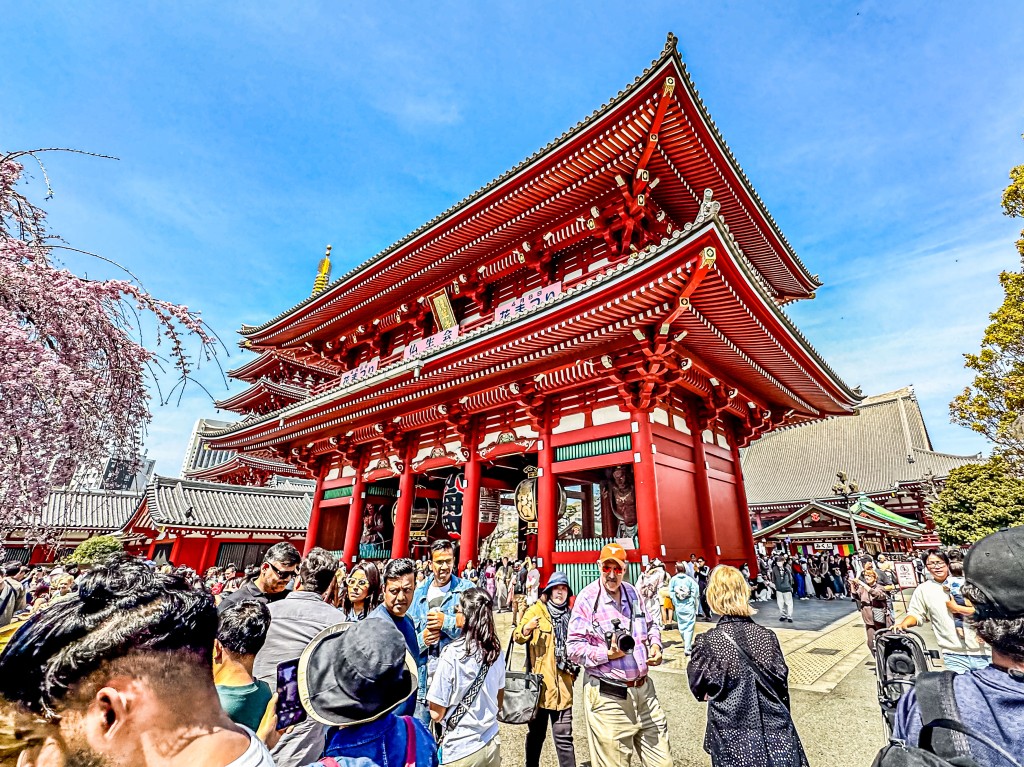






Once we were through the Nakamise, we were staring at the Thunder Gate. It was impressive, but hard to get a good view because of the hundreds of people streaming through this main entrance to the temple complex.

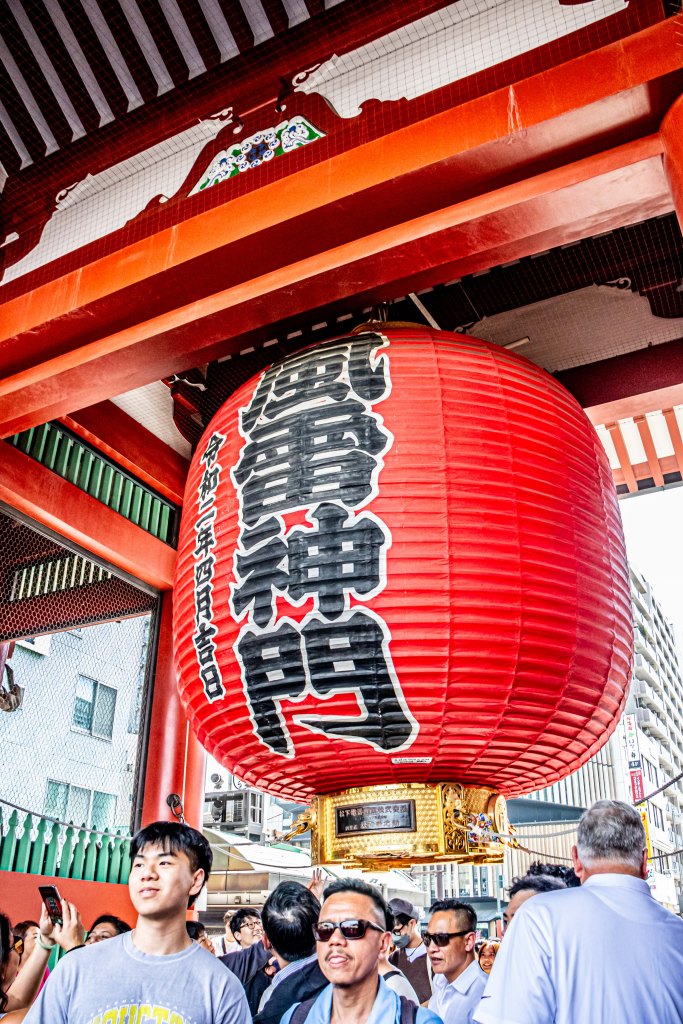
Jim and I walked around a while longer before it was time to go, mostly admiring all the cherry blossoms, and enjoying the people-watching.


For our final night in Tokyo, we opted to eat at one of the many restaurants withing the Tokyo Hilton Shinjuku. We chose to eat at the Chinese restaurant, Dynasty, mostly because they serve authentic Peking Duck every night. We really enjoyed the meal (and the relative peace and quiet of the hotel.




Please stay tuned, dear Readers, because tomorrow, after we do some final sightseeing in Tokyo, and then board our ship, the Regent Explorer, which will be our home for the next four weeks as we continue our explorations of Japan!





